Turquoise is a versatile hue that can invigorate a living room with serene coastal vibes, energetic pops of color, or sophisticated elegance. Across 20 curated ideas, you’ll discover ways to incorporate turquoise—from bold accent walls and statement sofas to nuanced pairing with natural woods, brass elements, and complementary colors like yellow, pink, and gray. Whether your style is minimalist, bohemian, industrial, or vintage-inspired, these concepts leverage paint, textiles, furniture, lighting, and décor to showcase turquoise’s full potential. Backed by expert insights and real-world examples, each idea is designed to guide you in crafting a cohesive, stylish space where turquoise takes center stage without overwhelming the room.
1. Turquoise Accent Wall
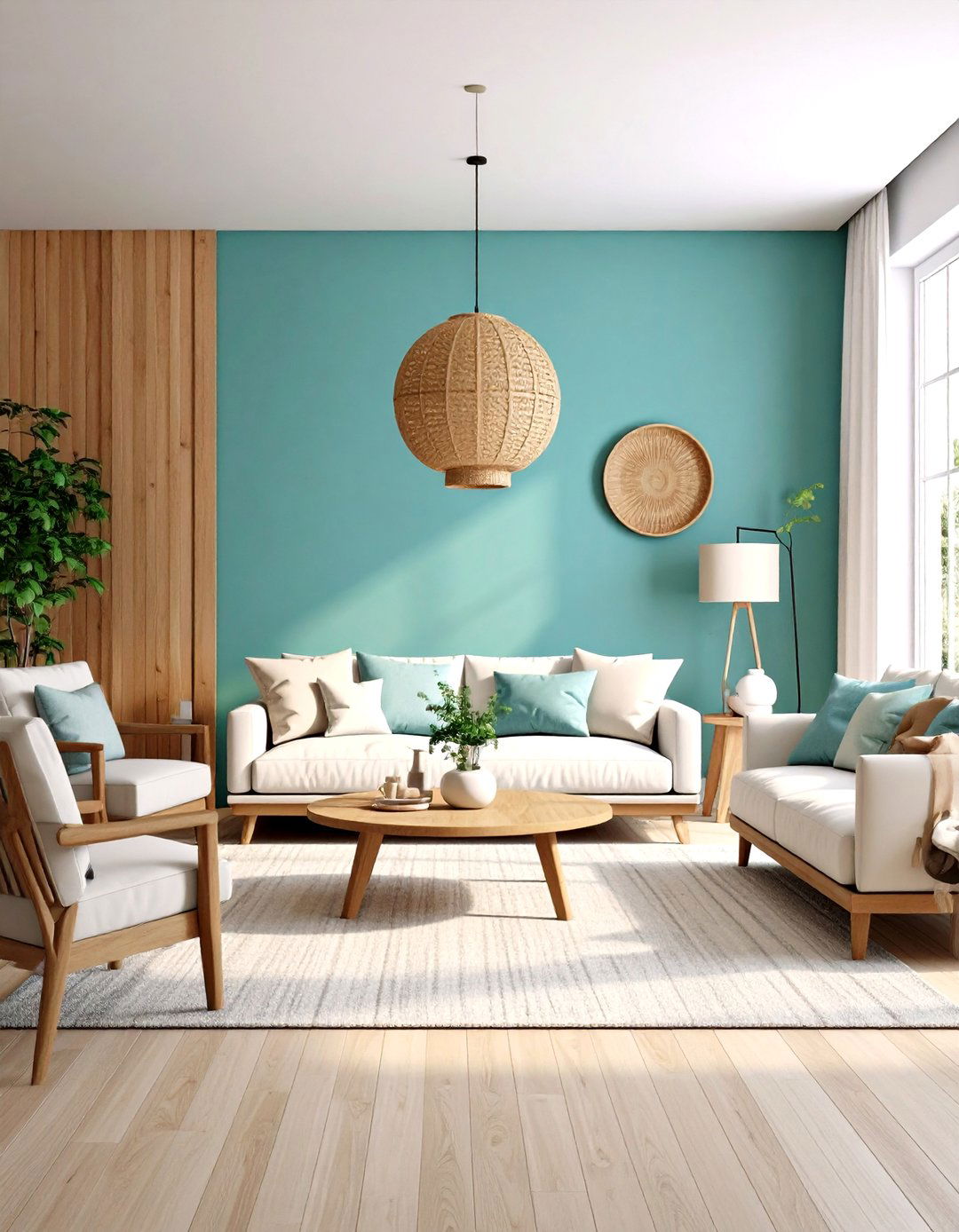
Make a turquoise accent wall the focal point of your living room by choosing a calming, ocean-inspired shade that reflects natural light beautifully. Architectural Digest highlights how blue-green hues like turquoise can instantly soothe a space by evoking the tranquility of the sea. To prevent the color from feeling overpowering, pair the accent wall with neutral furnishings—think crisp whites or soft beiges—and simple wooden accents for warmth. This approach allows the wall to stand out while maintaining balance and cohesion in the overall design.
2. Statement Turquoise Sofa
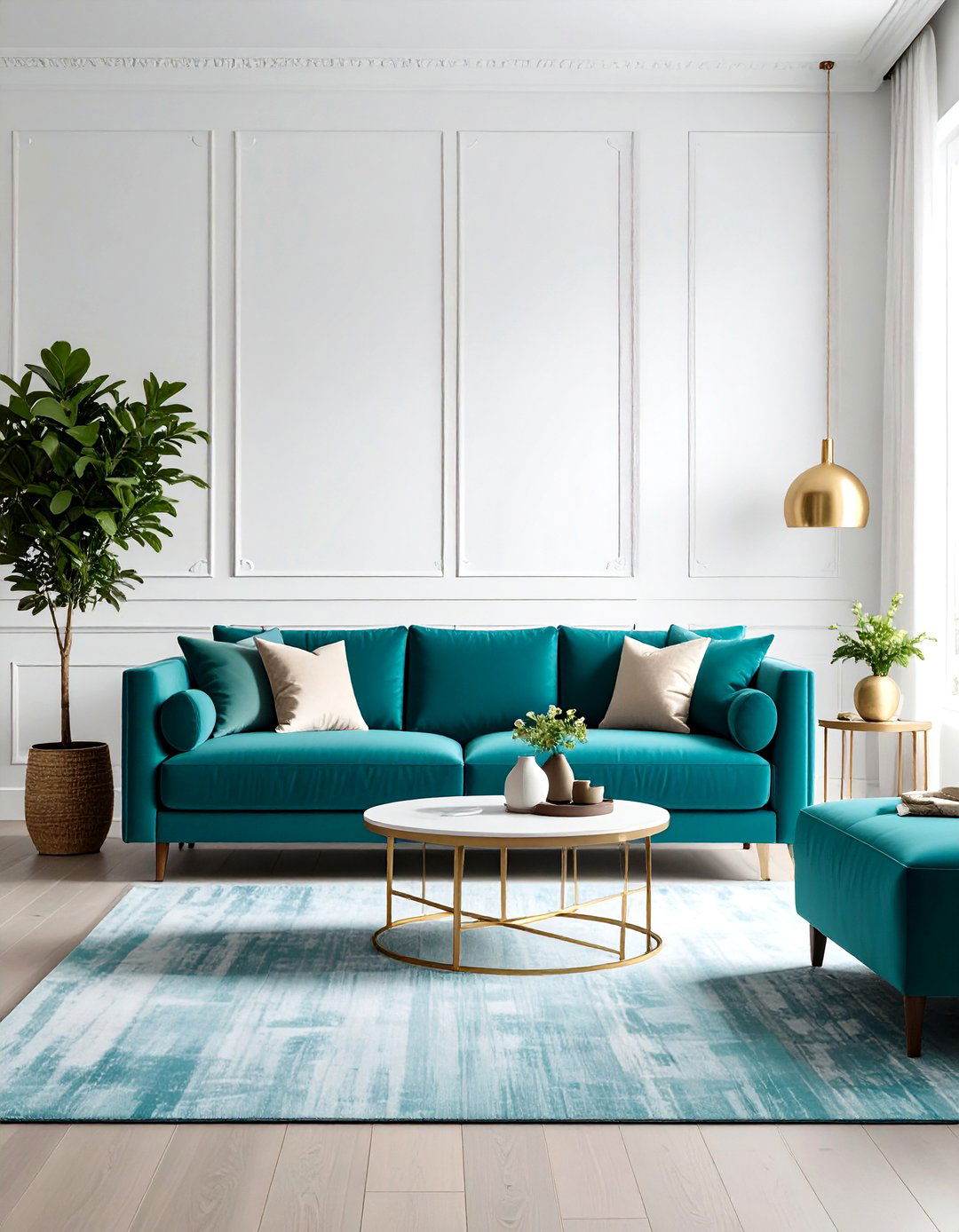
A plush, turquoise sofa can serve as the star of the room, adding vibrant color and comfort in equal measure. According to Houzz, if you opt for a bold-colored sofa, scale back surrounding décor to let the piece command attention without visual clutter. To integrate the sofa seamlessly, echo its hue in smaller accents—such as cushions or art—while anchoring the palette with neutral rugs and coffee tables. This strategy ensures the sofa remains the centerpiece without competing with other strong colors.
3. Turquoise and Natural Wood Pairing
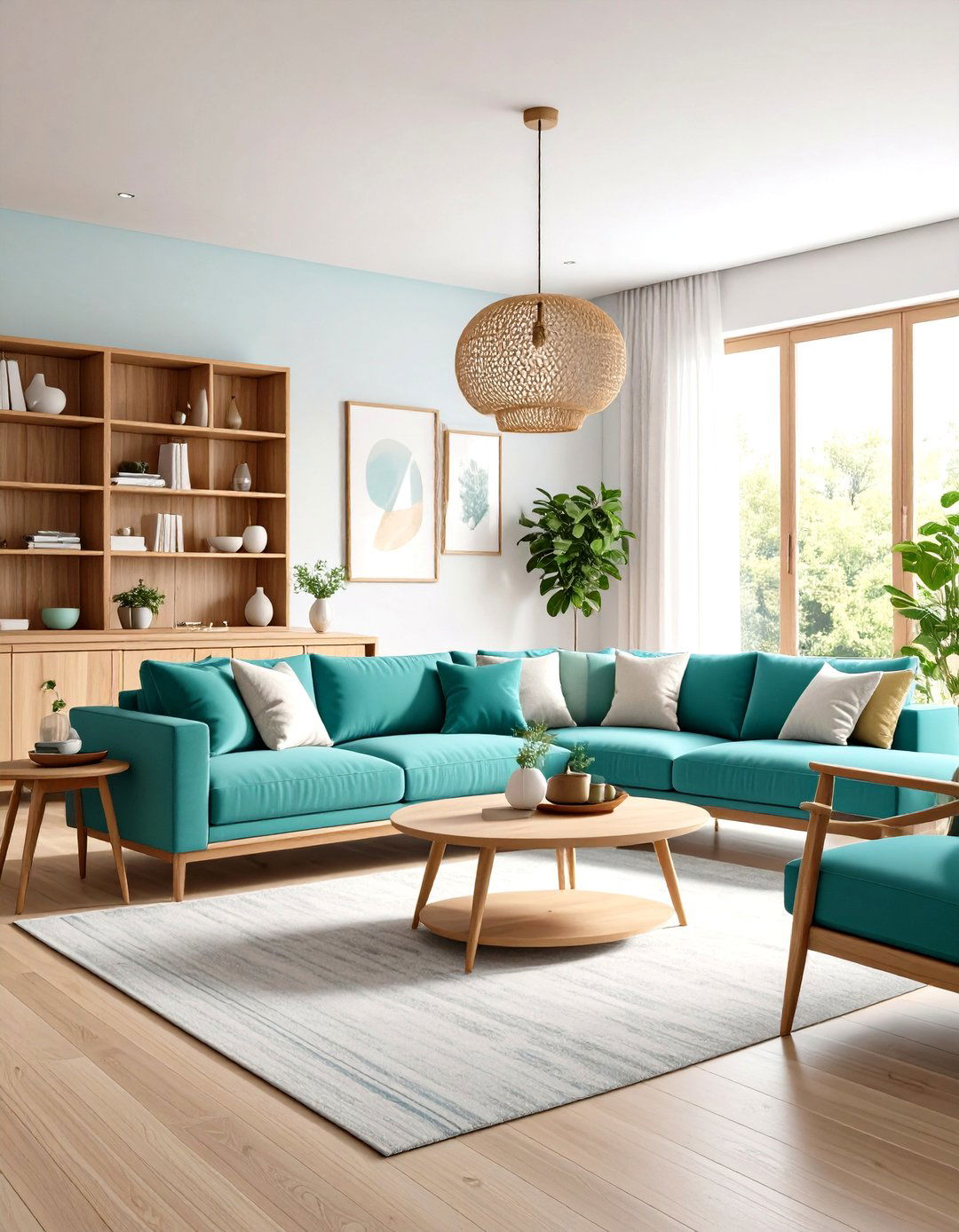
Natural wood tones—from light oak to rich walnut—complement turquoise’s cool undertones by introducing organic warmth. In a Montauk beach house renovation, Architectural Digest notes how white oak paneling harmonized with pops of vibrant color to create a calming yet energetic living space. Incorporate wooden coffee tables, shelving, or picture frames to ground turquoise elements and maintain a balanced, inviting atmosphere. The interplay between cool and warm tones delivers a timeless, sophisticated aesthetic.
4. Turquoise and Brass Accents
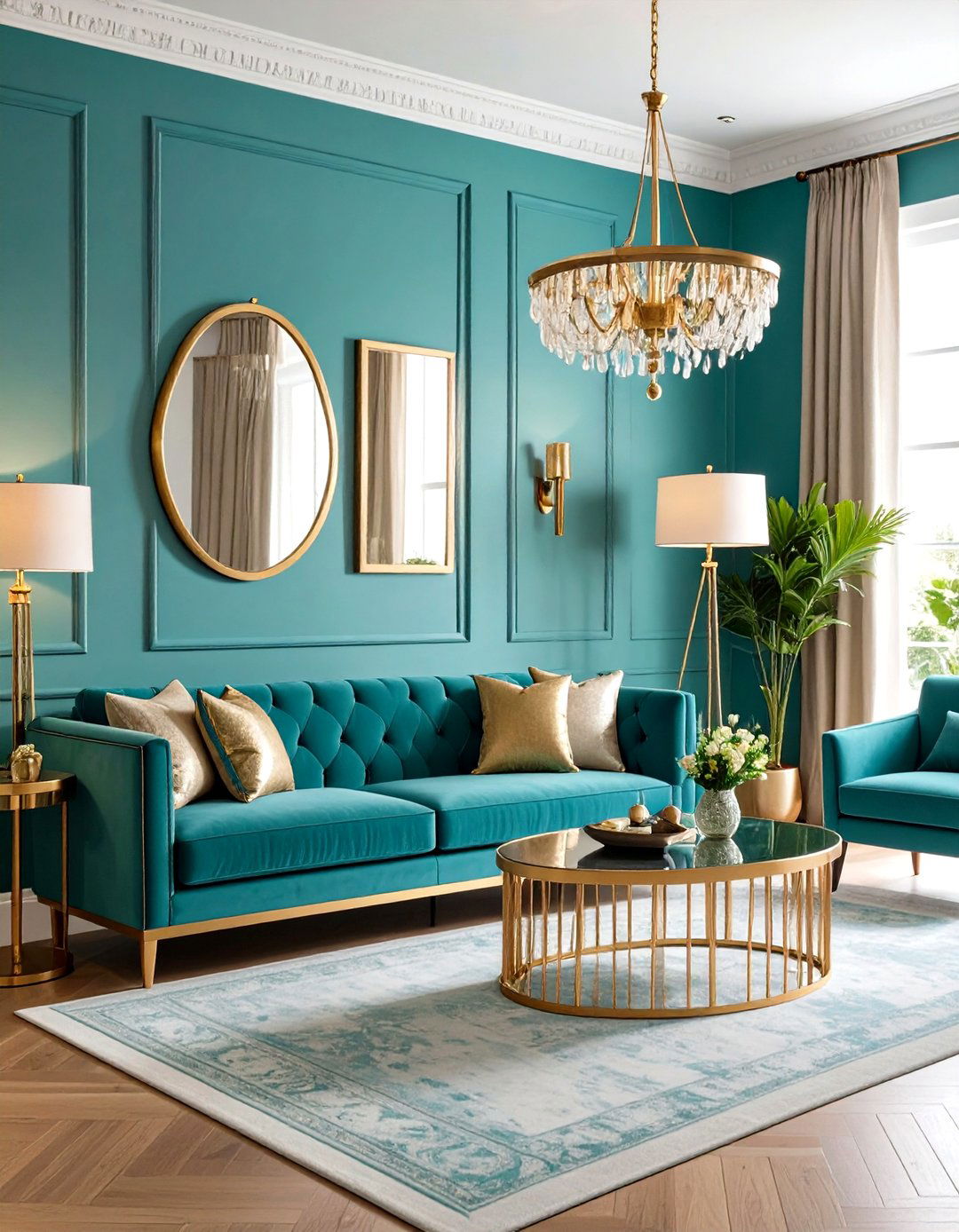
Brass accents—such as lighting fixtures, hardware, or decorative objects—add a chic, contemporary edge to a turquoise living room. The Spruce recommends pairing turquoise with brass to imbue spaces with a polished, luxurious feel, as the warm metallic finish contrasts beautifully with cool turquoise hues. Consider brass-framed mirrors, floor lamps, or side tables to introduce reflective surfaces that catch light and elevate the room’s elegance without overwhelming the color scheme.
5. Coastal-Inspired Turquoise Decor
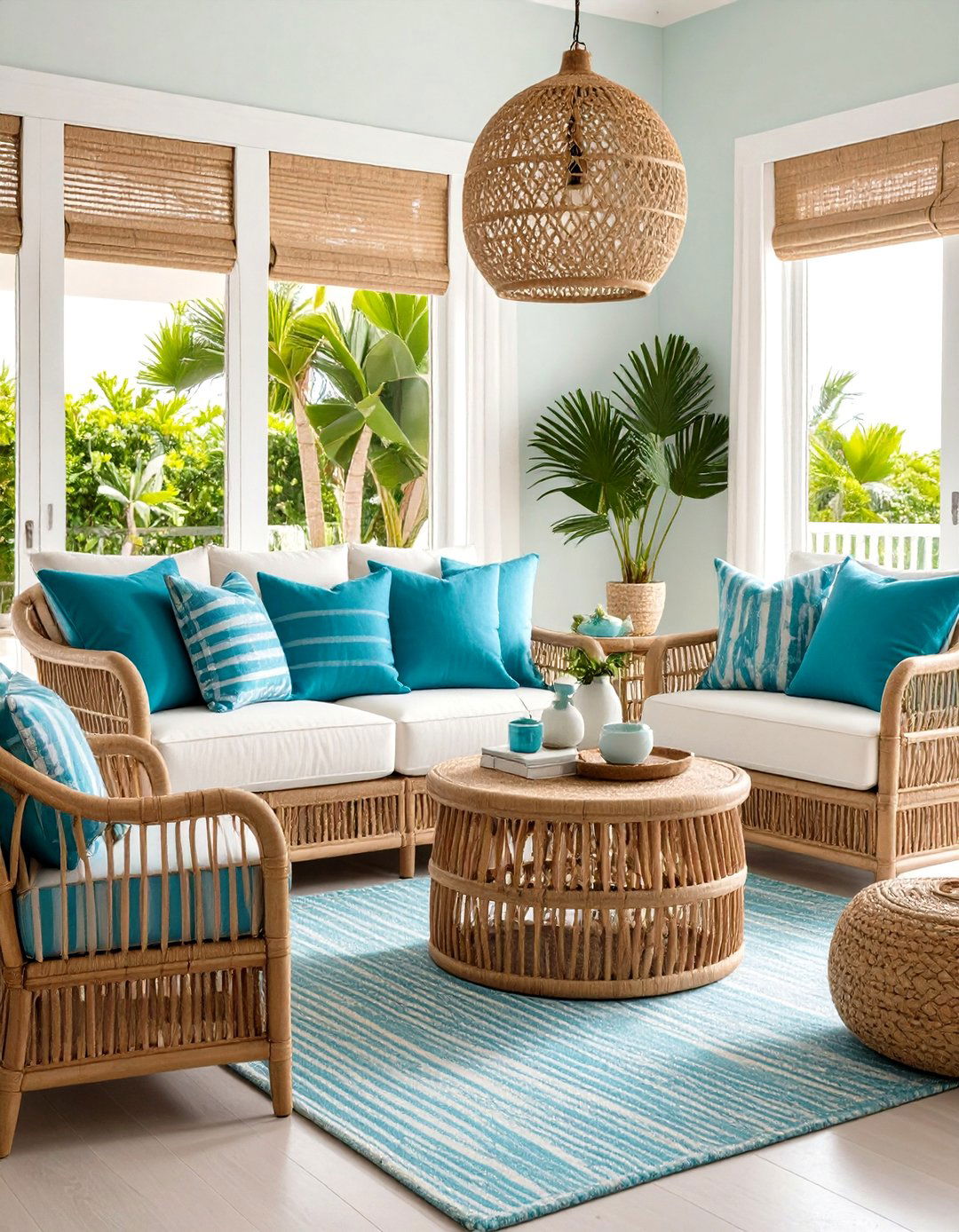
Embrace a coastal theme by combining turquoise décor with breezy whites, sandy beiges, and natural textures like rattan or driftwood. Architectural Digest’s blue-green interiors inspiration illustrates how turquoise evokes the sea, creating an immersive beach-like retreat within the home. Layer in nautical elements—such as striped throw pillows, seashell collections, and woven baskets—to reinforce the waterfront vibe. This aesthetic transports you to the shore, delivering relaxation and brightness year-round.
6. Bohemian Turquoise Textiles
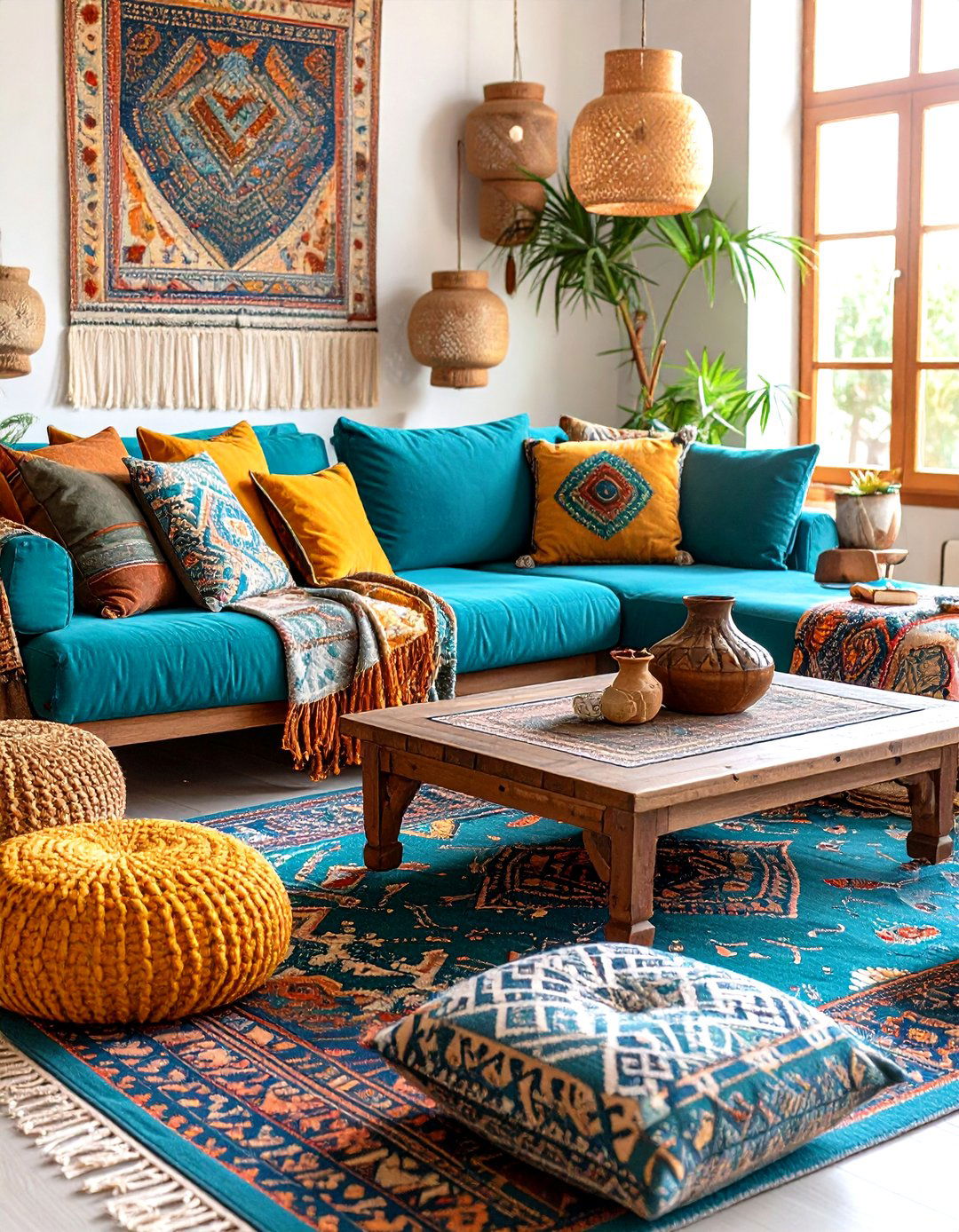
Bohemian style thrives on rich textures, global patterns, and layered textiles—making it perfect for showcasing turquoise. Avionale suggests incorporating turquoise in rugs, tapestries, and throw blankets against deep gray or earth-toned backdrops for a sophisticated boho look. Mix in Moroccan-inspired kilim rugs, macramé wall hangings, and patterned pillows to add depth and personality. The key is balance: let turquoise guide the palette while other colors and textures create a warm, eclectic environment.
7. Turquoise Geometric Patterns
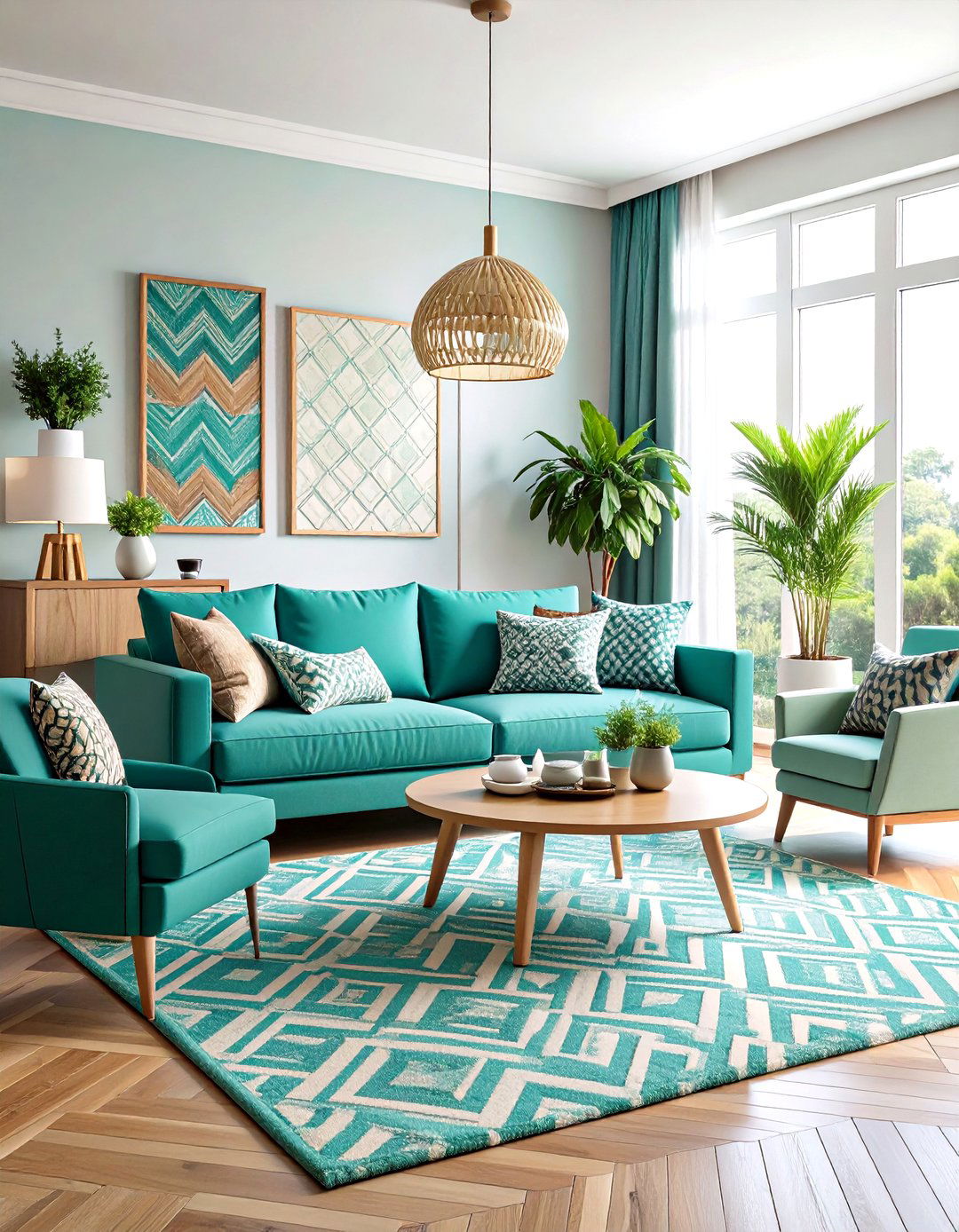
Introduce geometric patterns in turquoise through accent pillows, wallpaper, or area rugs to add modern flair. AllModern advises placing turquoise artwork or patterned textiles next to black-and-white pieces for dramatic contrast. Alternatively, a rug with turquoise chevrons or hexagons can define seating areas and inject energy. Pair these patterns with streamlined furniture and minimal accessories to keep the focus on the dynamic shapes and hues without visual clutter.
8. Turquoise and Neutrals Balance
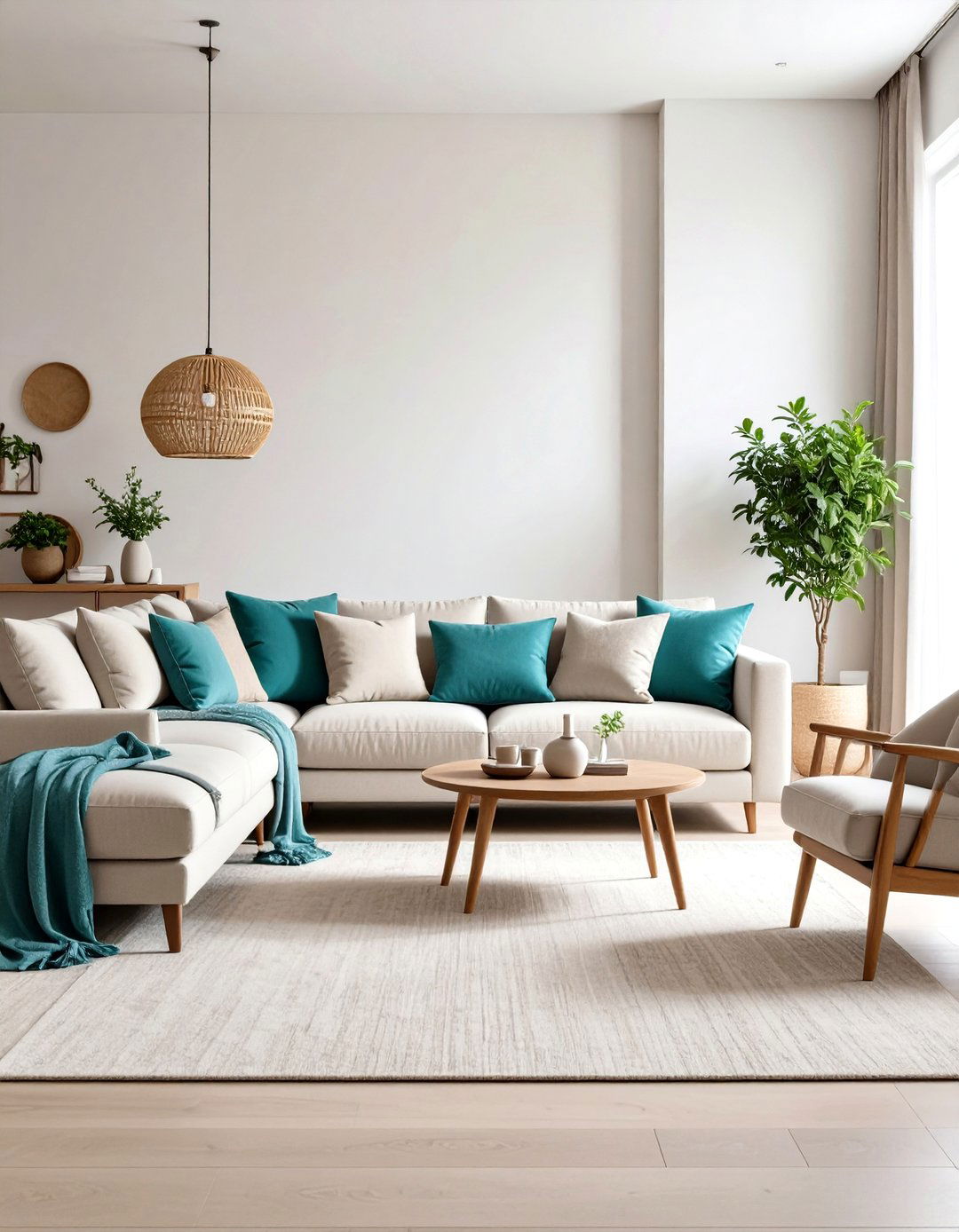
For a tasteful, restrained approach, balance turquoise accents with a neutral base of whites, grays, and beiges. Houzz recommends using neutral large-scale items—like sofas and walls—and reserving turquoise for smaller décor and soft furnishings. This allows flexibility; swapping out cushions and throws is simple when you want a fresh look. The neutral backdrop keeps the room feeling airy, while turquoise accents provide pops of color that enliven the space.
9. Turquoise and Pink Complement
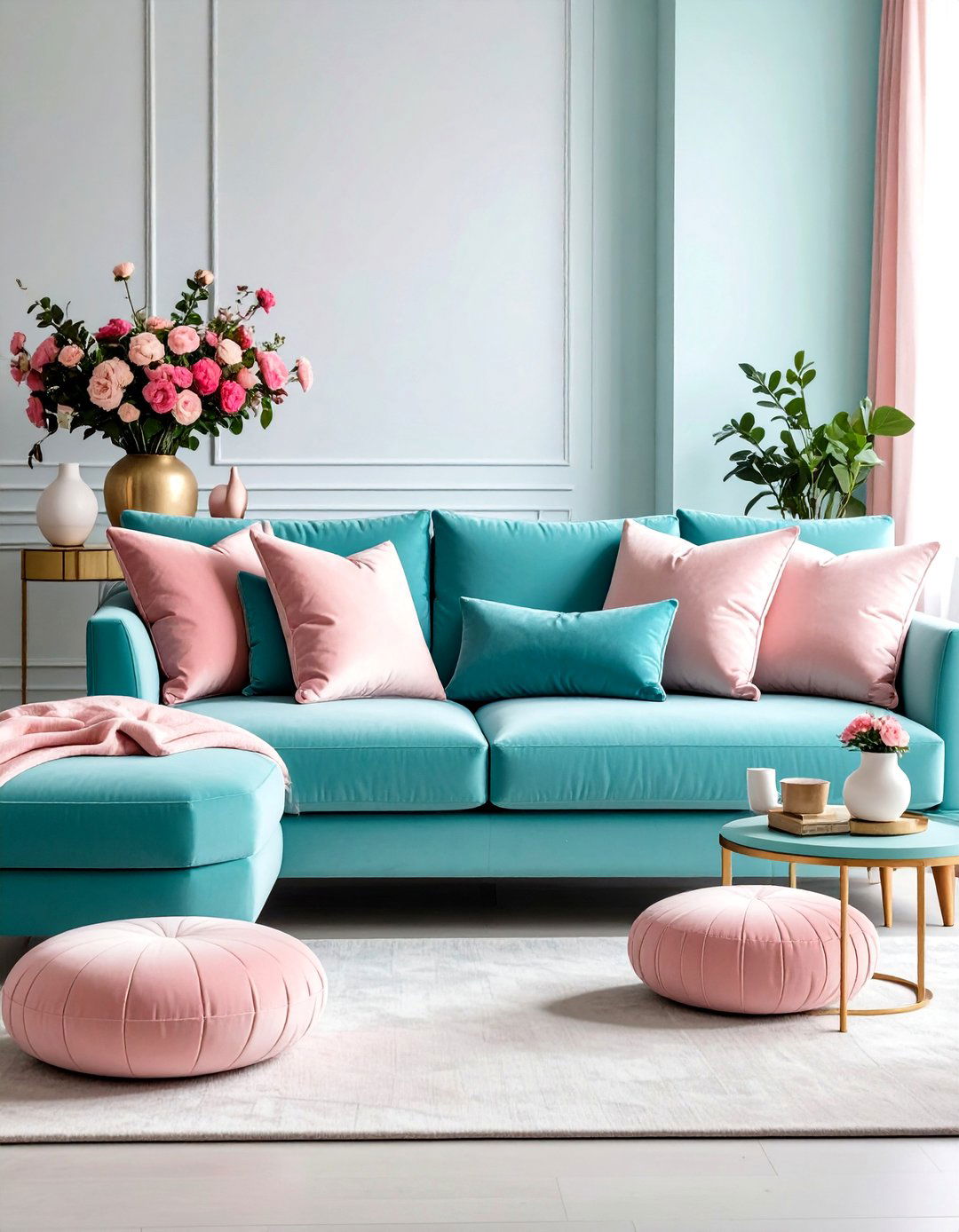
Pairing turquoise with soft pink creates a whimsical yet sophisticated palette perfect for feminine living rooms. The Spruce identifies turquoise and soft pink as a glamorous combination that balances cool and warm undertones for a playful, elegant look. Incorporate pink velvet pillows, floral artwork, or blush-toned vases alongside turquoise cushions or throws. The two hues mirror each other’s vibrancy, resulting in a harmonious, eye-catching design.
10. Turquoise and Yellow Contrast
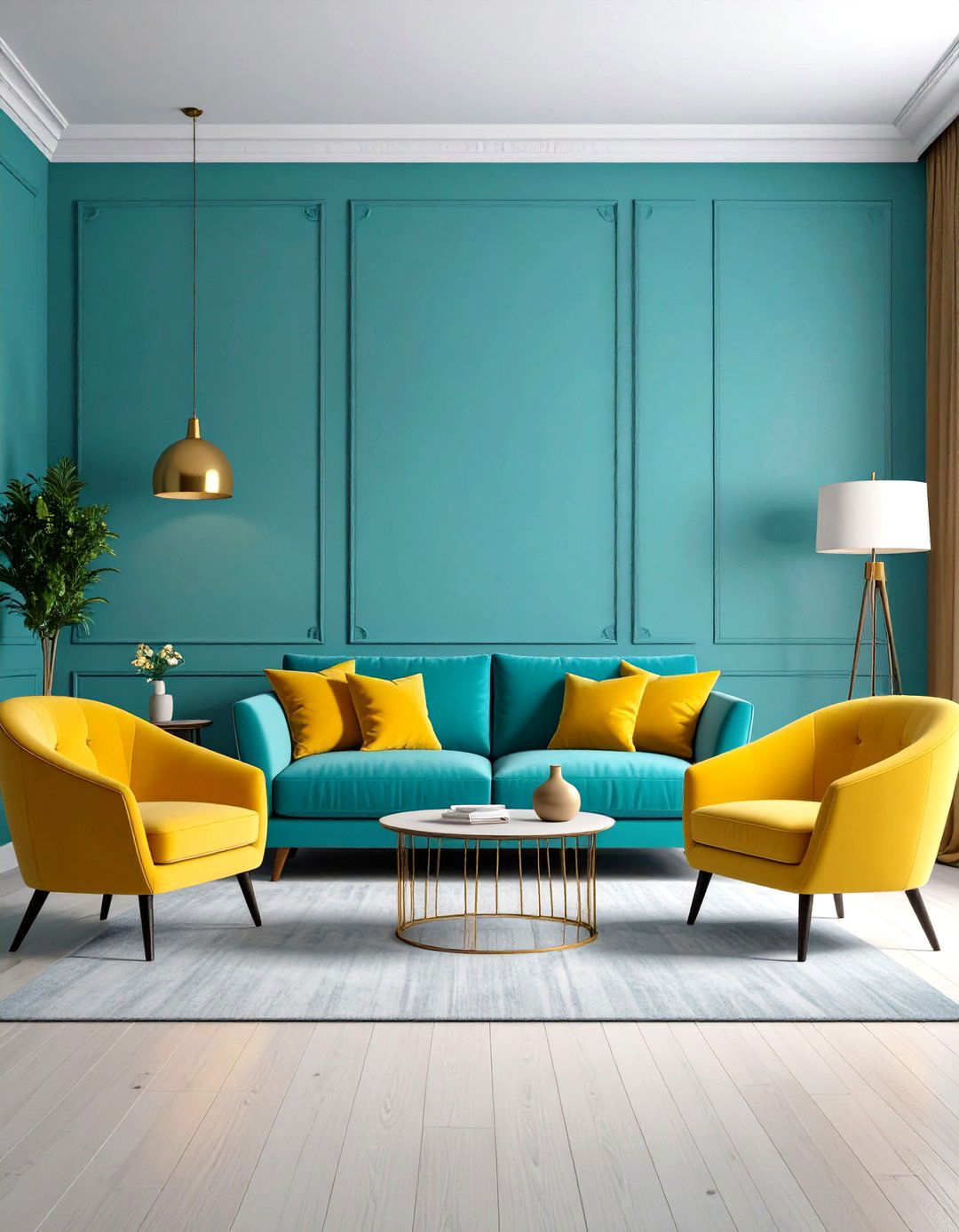
A lively contrast emerges when turquoise meets yellow—ideal for energizing social spaces. The Spruce recommends turquoise and yellow to add a cheerful, peppy vibe reminiscent of citrus fruits against blue waters. Use yellow side chairs, lamps, or artwork to punctuate a turquoise sofa or rug. Keep other elements subdued—white walls or light wood flooring—to let this bold duo shine without overwhelming the room.
11. Turquoise Rugs and Flooring
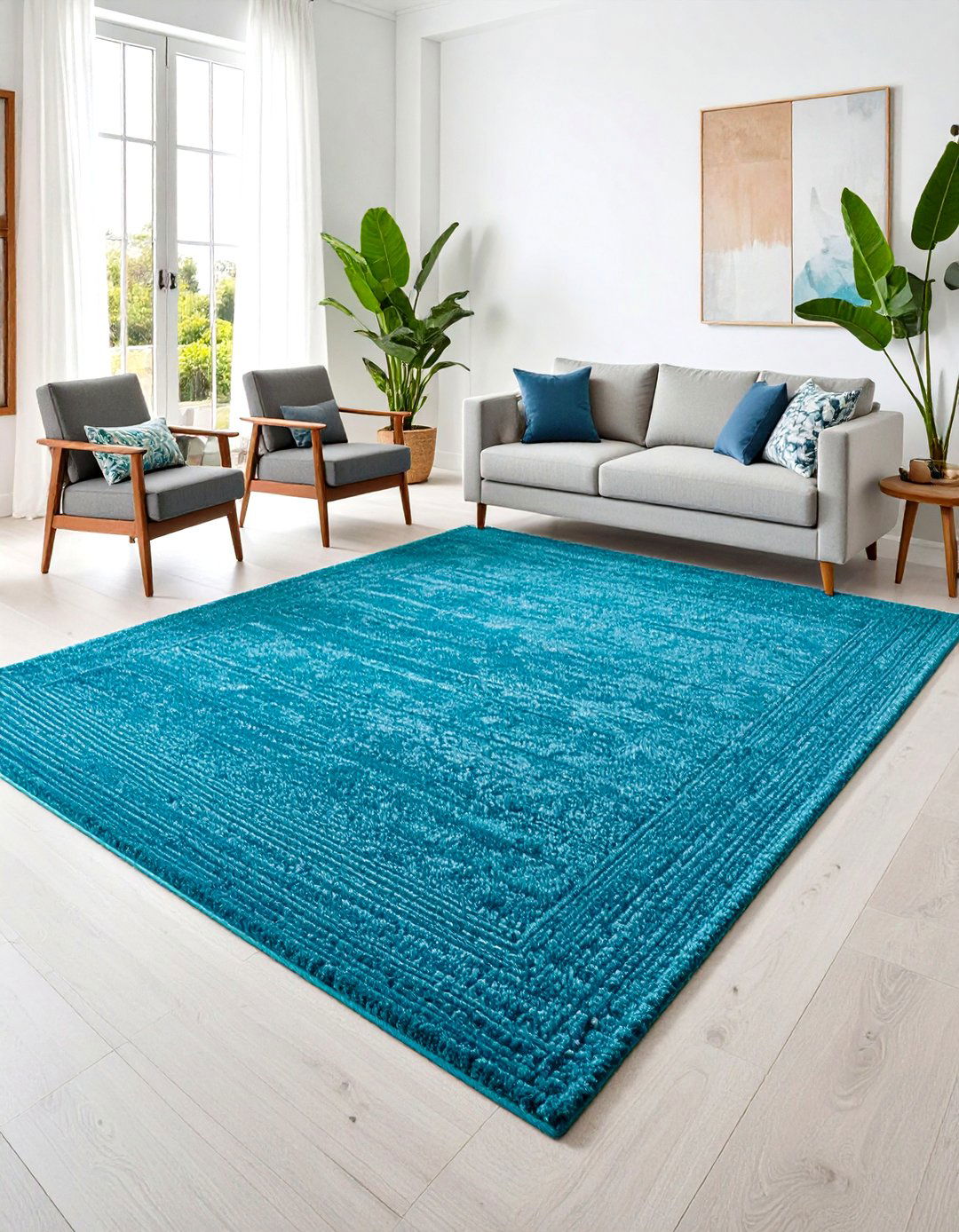
An area rug in turquoise anchors the seating area while unifying the color scheme. Avionale highlights how turquoise rugs pop against neutral floors, offering a chic focal point that ties décor elements together. Choose flatweave or low-pile for easy maintenance, and consider subtle patterns to add depth. A well-placed rug delineates conversation zones and injects color underfoot, enhancing both style and comfort.
12. Turquoise Artwork and Wall Decor
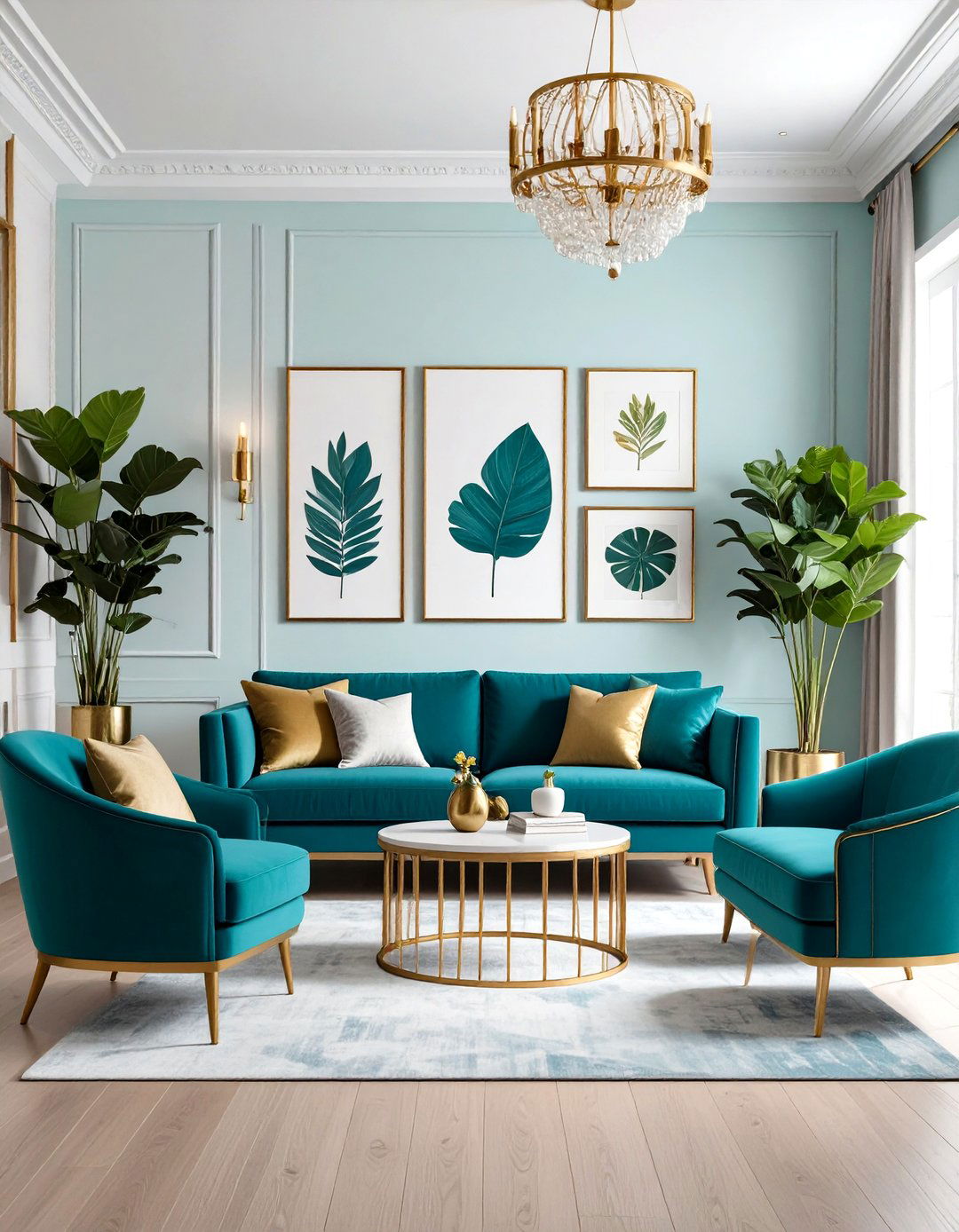
Turquoise wall art—be it paintings, metal sculptures, or framed prints—can be arranged as a focal gallery. Wayfair features turquoise botanical prints and metal flower art that make striking wall installations. Group pieces of varying sizes to create visual interest, and mix in neutral frames or gold accents for cohesion. This strategy personalizes the space while ensuring turquoise elements are harmoniously integrated.
13. Turquoise Throw Pillows and Throws
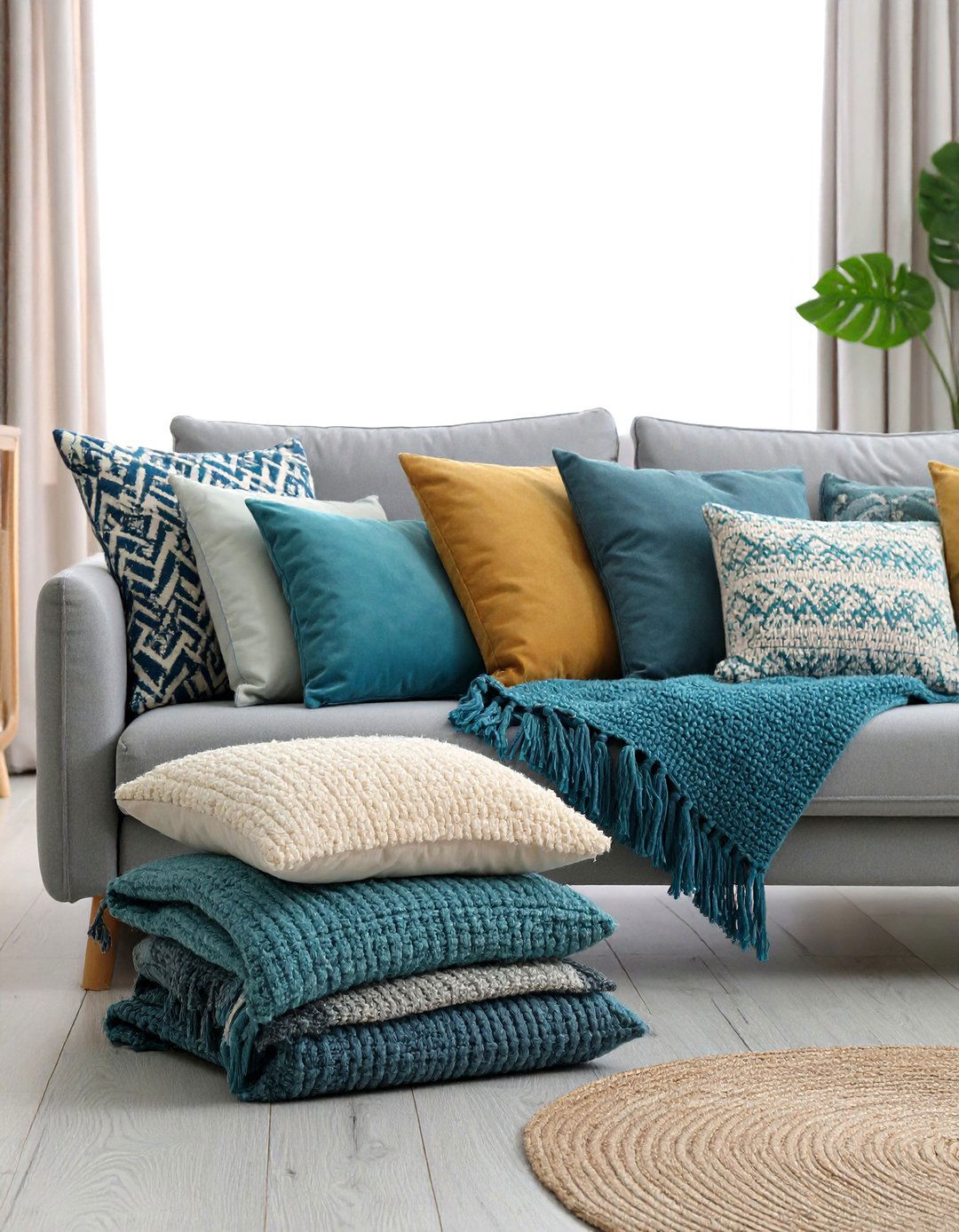
Throw pillows and blankets offer an easy, low-commitment way to experiment with turquoise. AllModern suggests layering turquoise cushions on beige sofas for subtle pops of color and texture. Mix solid hues with patterned pieces—such as geometric prints or embroidered designs—for dimension. In cooler months, drape a turquoise knit throw over seating to add warmth and a seasonal accent.
14. Turquoise Lighting Fixtures
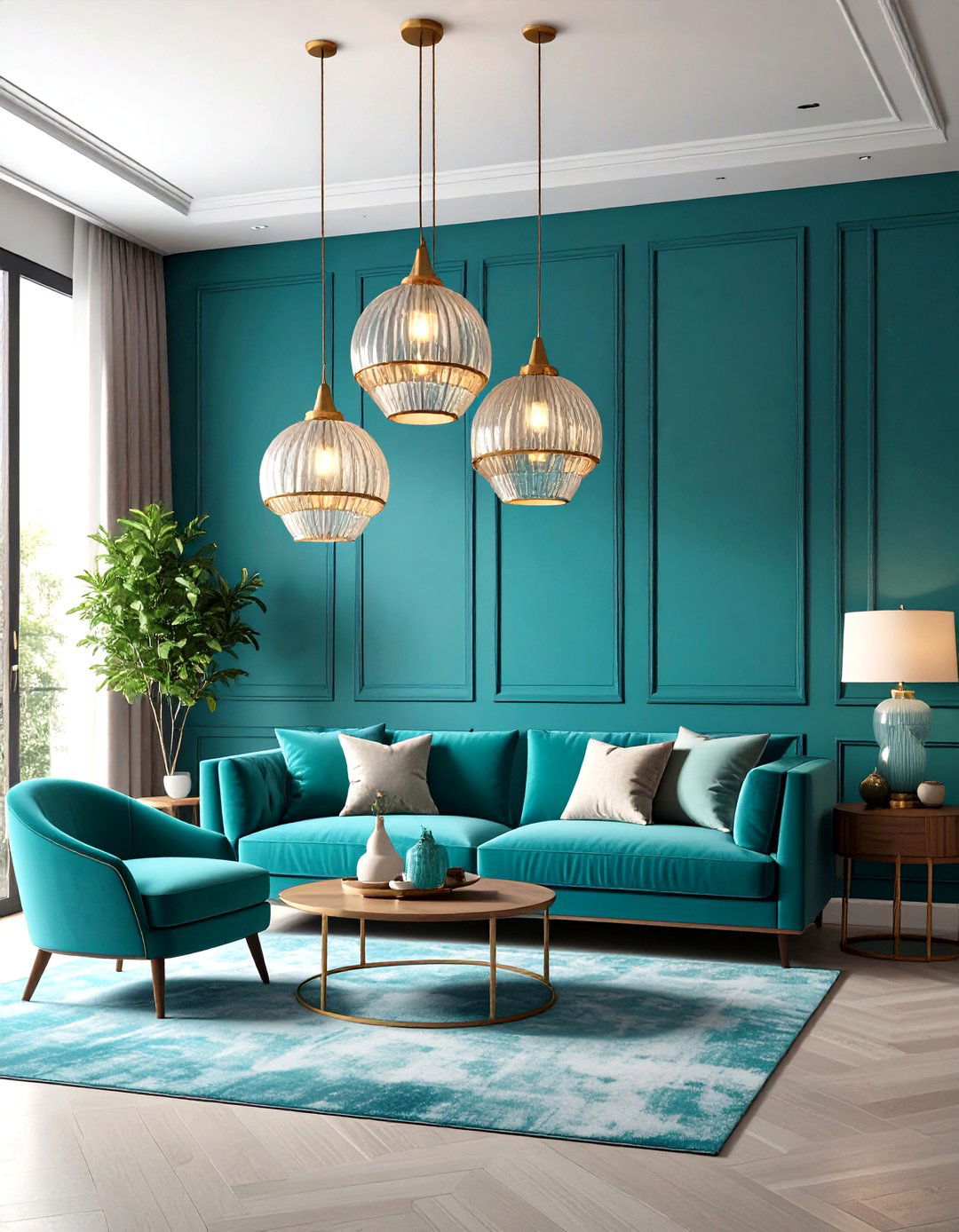
Statement lighting fixtures in turquoise glass or painted finishes draw the eye upward and infuse color in unexpected ways. Search for turquoise pendant lamps, table lamps, or chandeliers to create focal points. The Spruce notes that glass fixtures reflect light uniquely, casting subtle turquoise glows that enhance ambiance. Position them above coffee tables or reading nooks to spotlight functional areas with style.
15. Turquoise Plants and Greenery
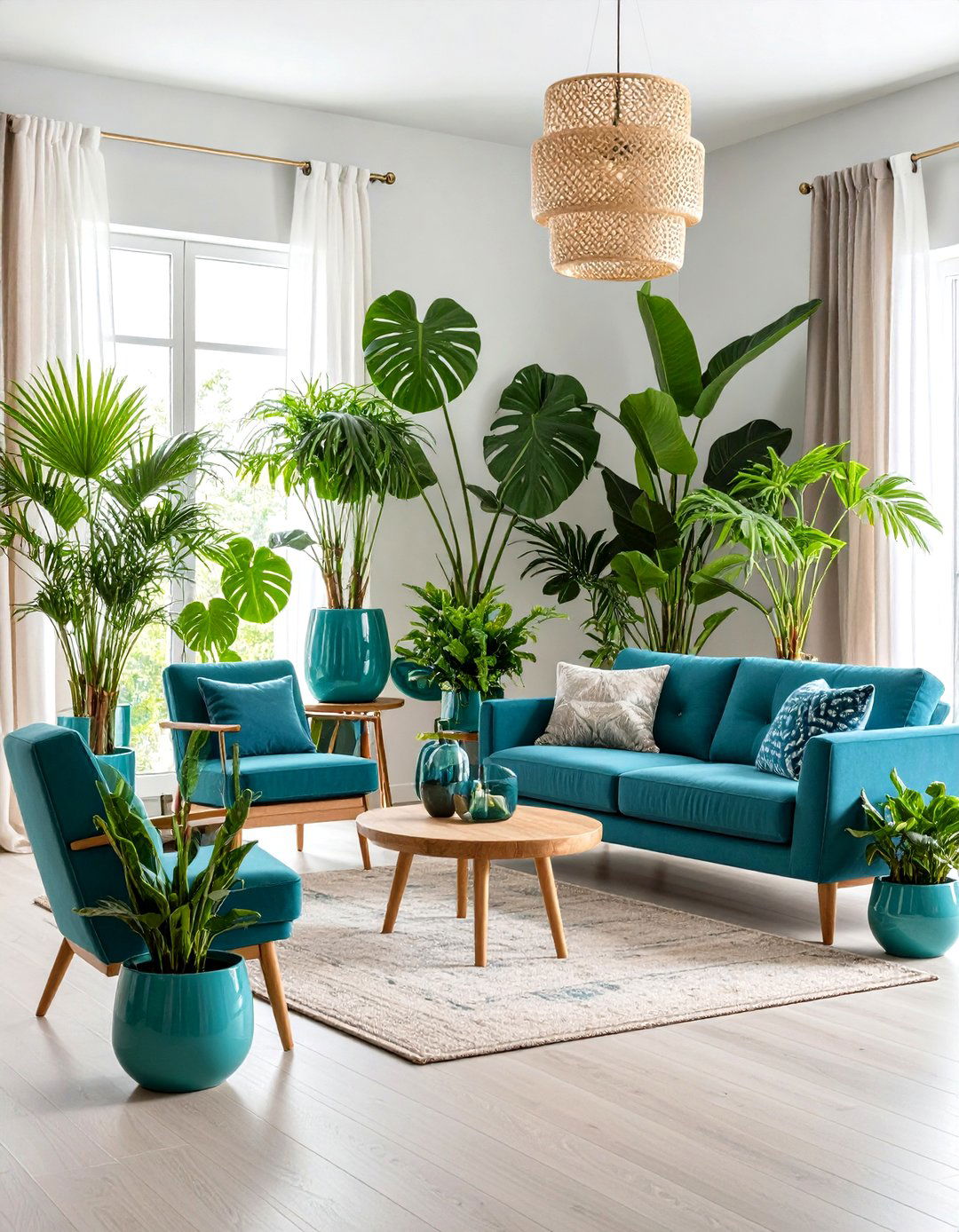
Green plants in turquoise planters bridge nature and décor, softening bold hues with organic textures. Place palms or fiddle-leaf figs in glazed turquoise pots to echo the room’s color palette. Coastal designers often use coral and glass vases alongside clamshells to reinforce a seaside motif. The greenery introduces shape and life, while turquoise containers tie the look together.
16. Turquoise Industrial Elements
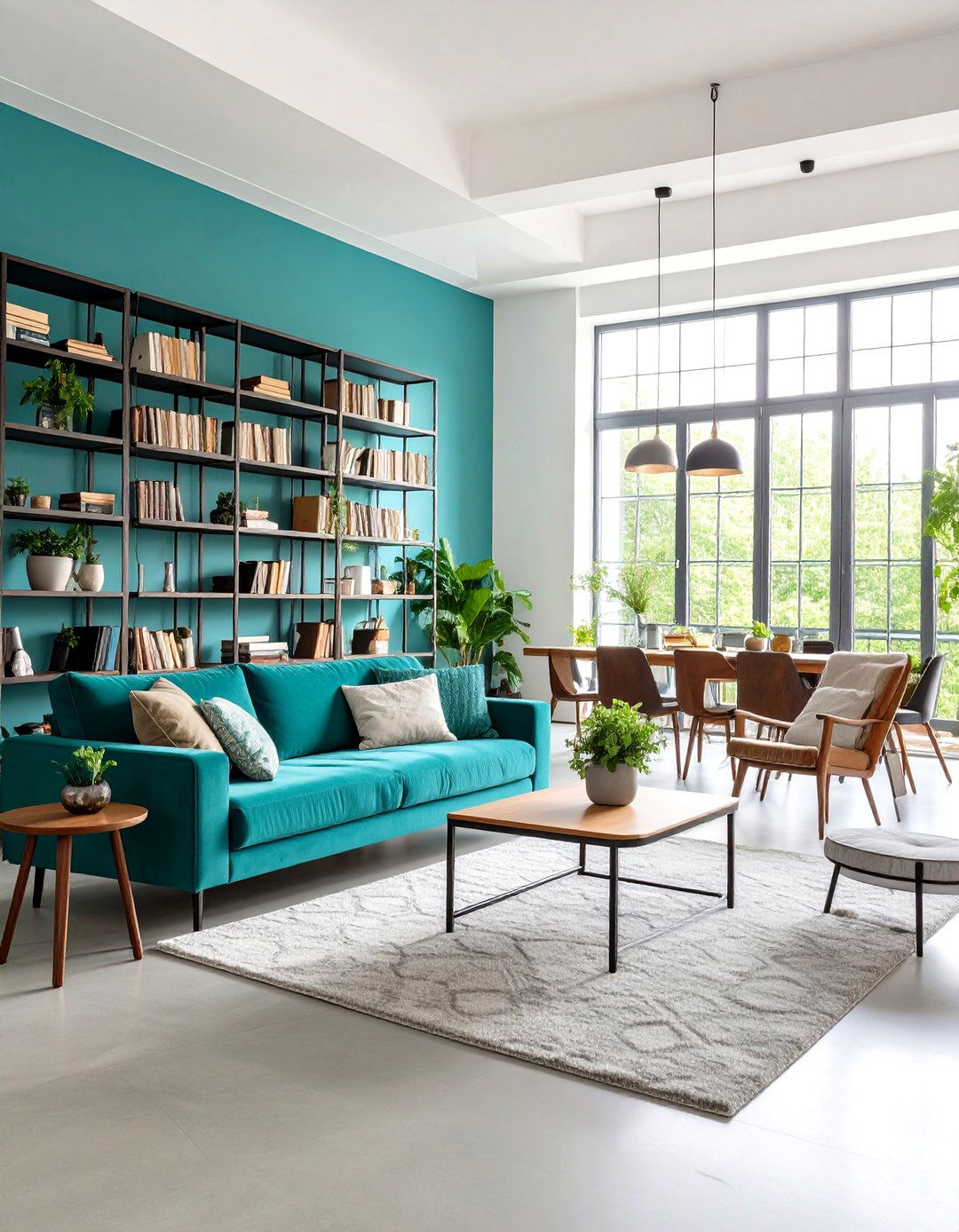
Merge industrial accents—like metal coffee tables, exposed pipes, and concrete surfaces—with turquoise for an edgy contrast. Architectural Digest’s coverage of urban interiors shows how cool metals and bold colors collaborate to create dynamic environments. A turquoise-painted steel bookshelf or a concrete side table with turquoise decor atop can balance raw materials with vibrant hues.
17. Vintage Turquoise Accessories
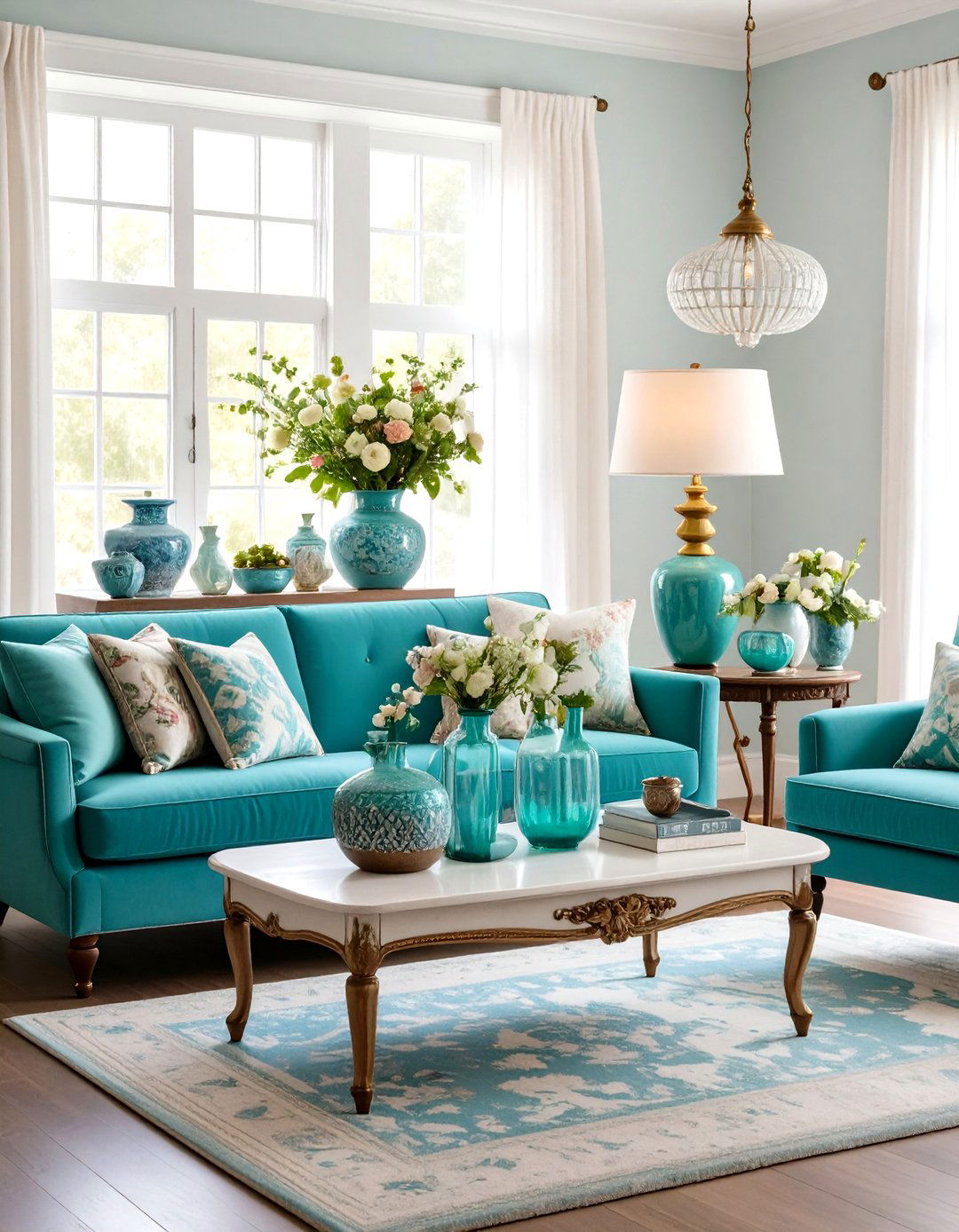
Incorporate vintage finds—such as retro lamps, mid-century ceramics, or antique glassware—in turquoise to evoke nostalgia. Flea-market turquoise glass bottles and vases add history and character to modern spaces. Architectural Digest recounts how custom automotive-painted bookcases in metallic teal served as statement pieces in a Manhattan library. These unique touches imbue the room with personality and story.
18. Turquoise Minimalist Spaces
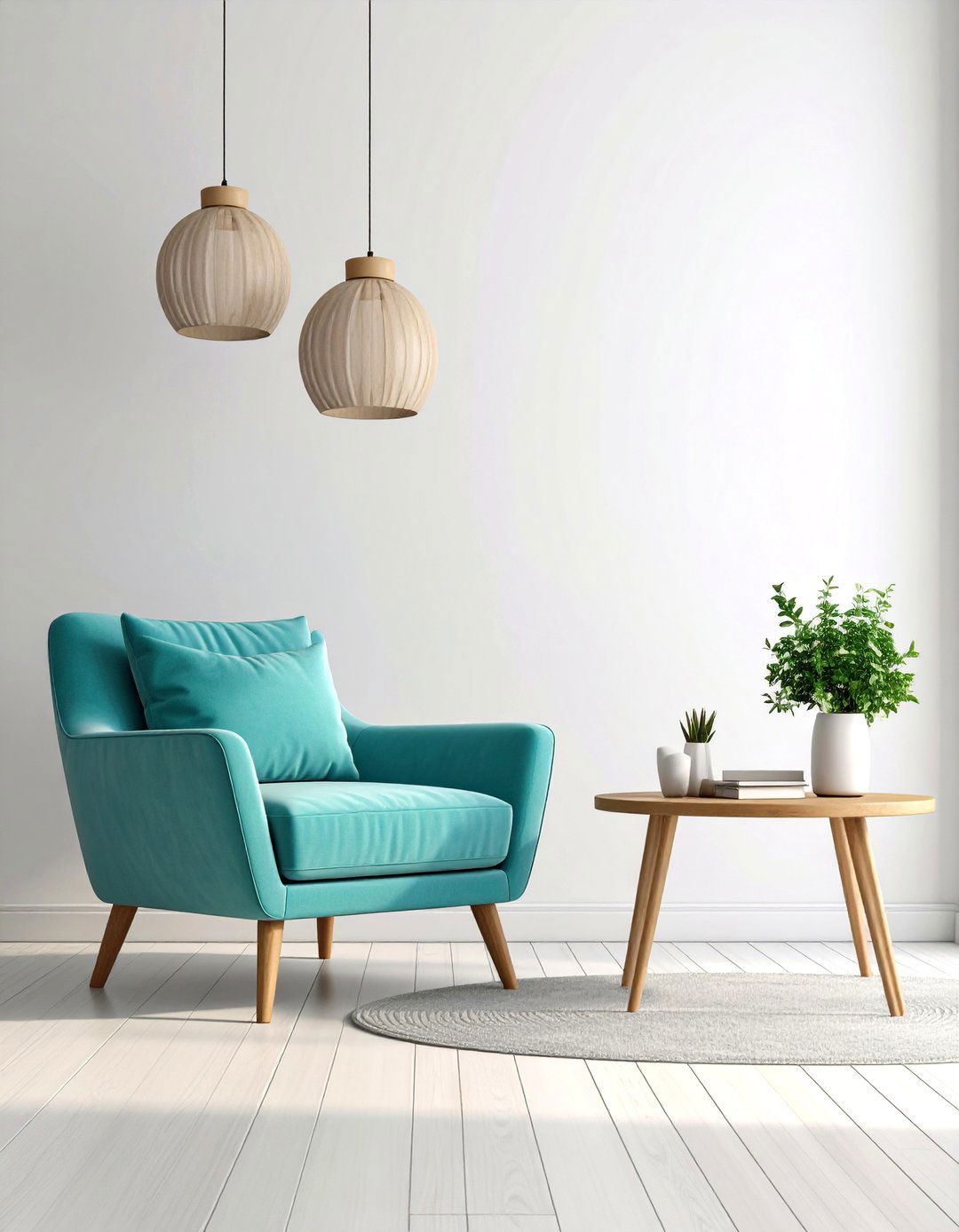
Even minimalists can enjoy turquoise: limit décor to a few well-chosen pieces and keep lines clean. A single turquoise chair or a streamlined coffee table in glass and steel offers color without clutter. Pair with white walls, polished concrete floors, and minimal art for a serene, gallery-like living area. The simplicity accentuates the turquoise accents, making them feel intentional and refined.
19. Turquoise in Open Floor Plans
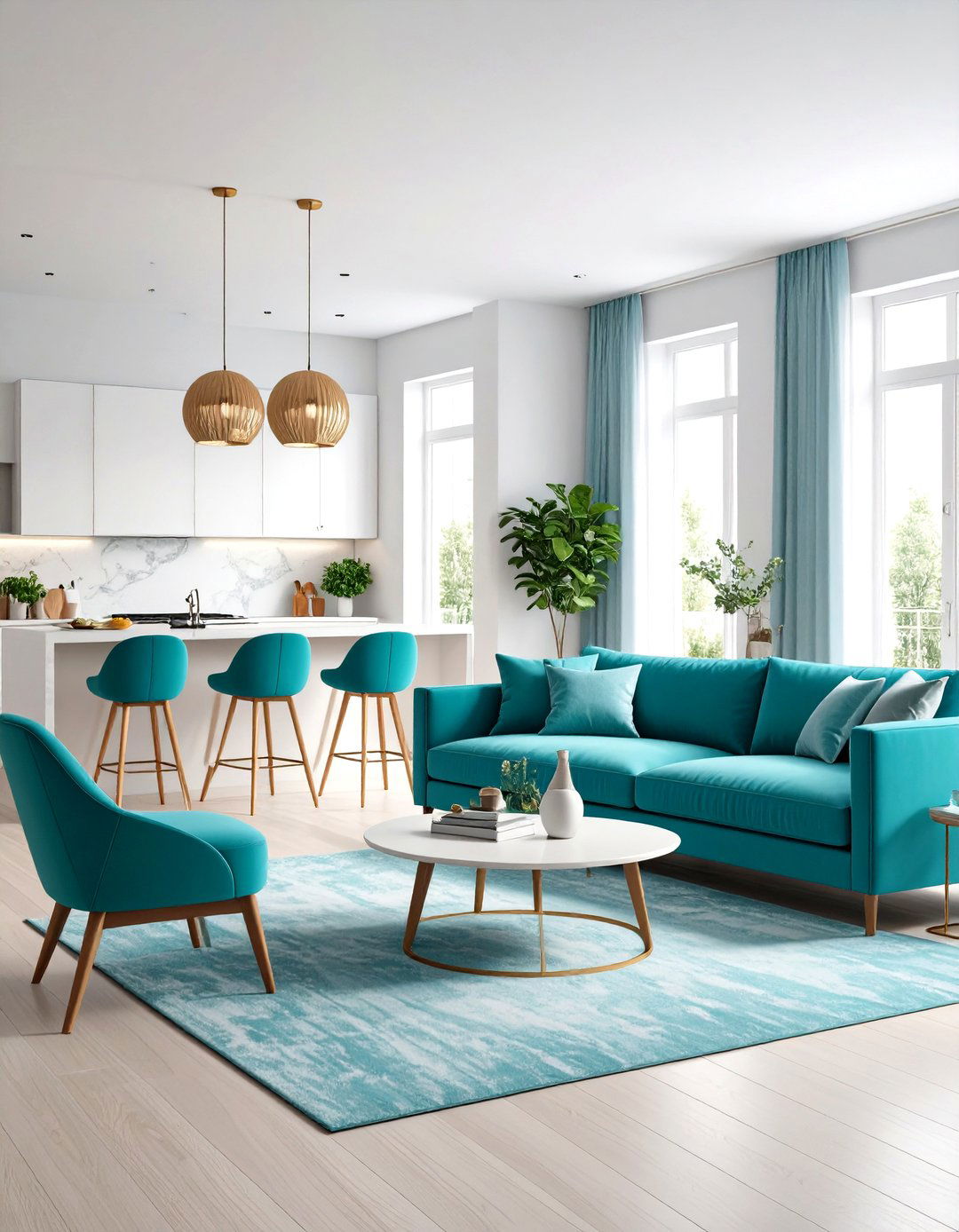
In open layouts, use turquoise elements to zone different areas visually. A turquoise sofa can differentiate the living area, while matching bar stools or kitchen cabinets echo the hue across spaces. Architectural Digest’s tour of a beach house shows how consistent color threads tie together living, dining, and kitchen zones for a cohesive open plan. This approach fosters flow while maintaining distinct functional areas.
20. Mixing Turquoise Shades
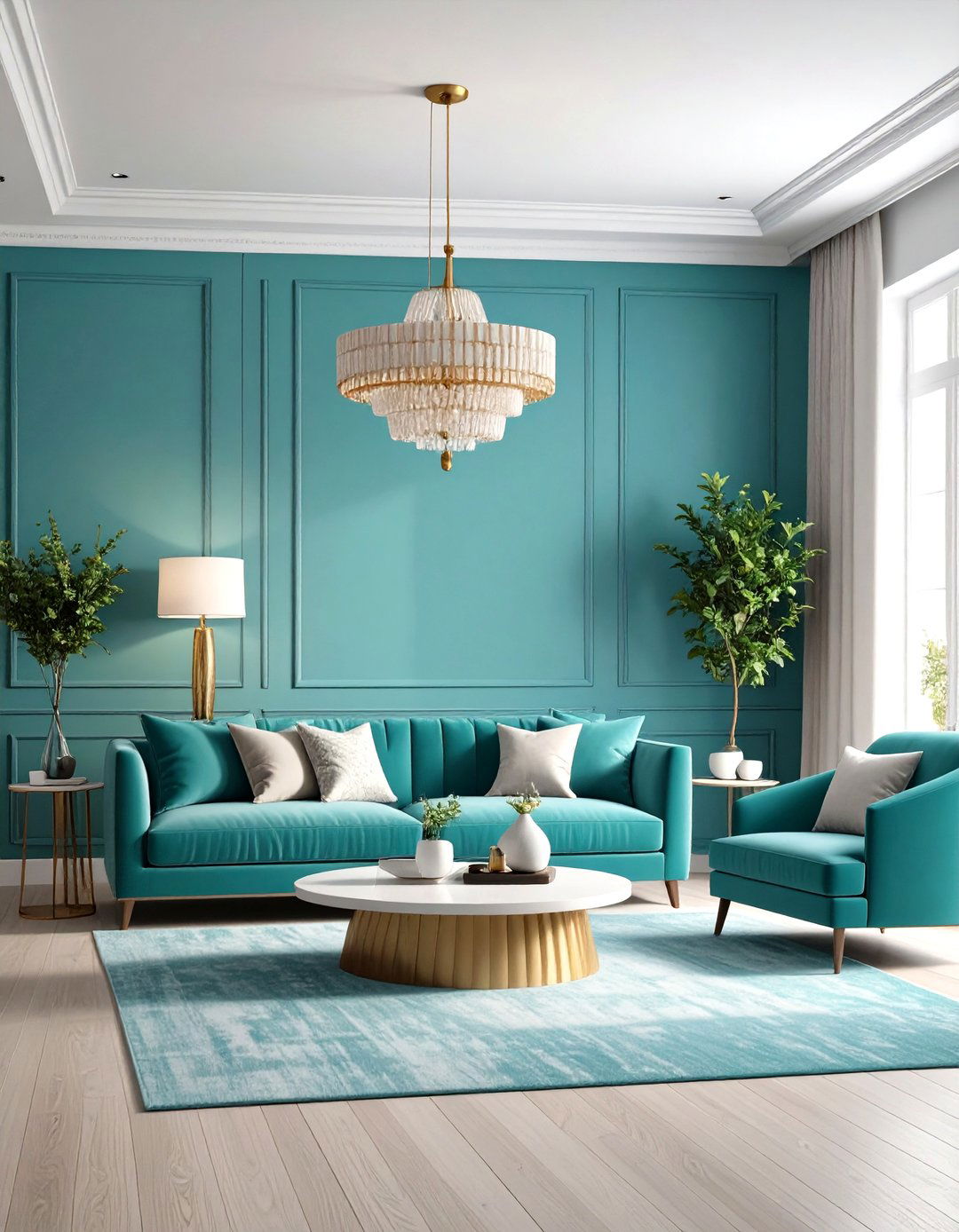
Combine multiple turquoise shades—from pale aqua to deep teal—for depth and sophistication. Layer paint swatches on walls, select textiles in varying hues, and choose art that spans the turquoise spectrum. AllModern encourages mixing light and dark turquoise to create dimension and avoid flatness. By blending tones thoughtfully, you achieve a nuanced, multi-faceted space that celebrates turquoise’s versatility.
Conclusion:
Turquoise offers endless possibilities for transforming a living room—whether through bold walls and furniture or subtle accents in décor and textiles. By balancing turquoise with neutrals, complementing it with metallics or natural materials, and varying its shades, you can craft a space that feels cohesive, stylish, and uniquely yours. These 20 ideas provide a blueprint for showcasing turquoise in ways that suit any aesthetic, from coastal retreats to urban lofts, ensuring your living room exudes vibrancy, tranquility, and personality.


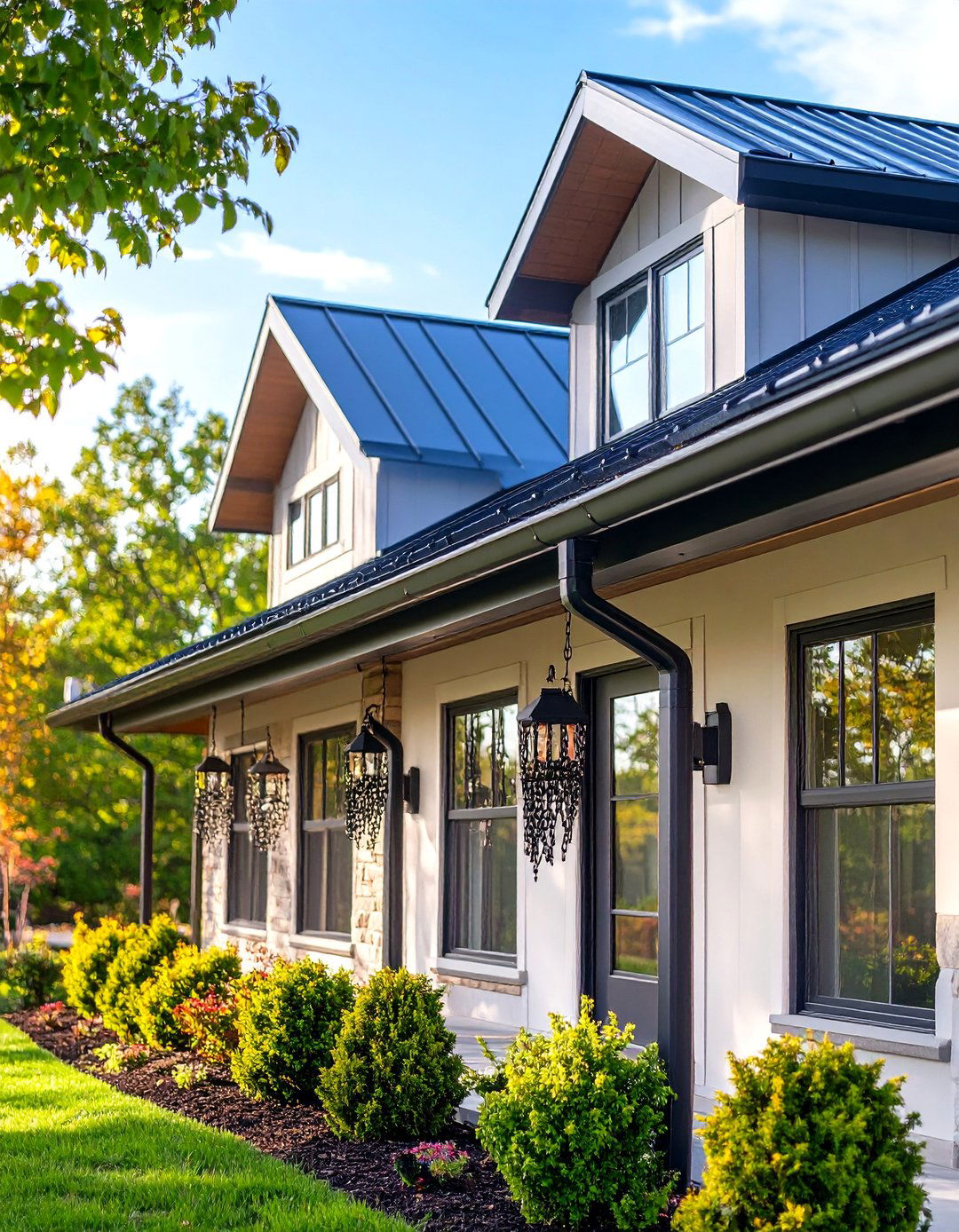
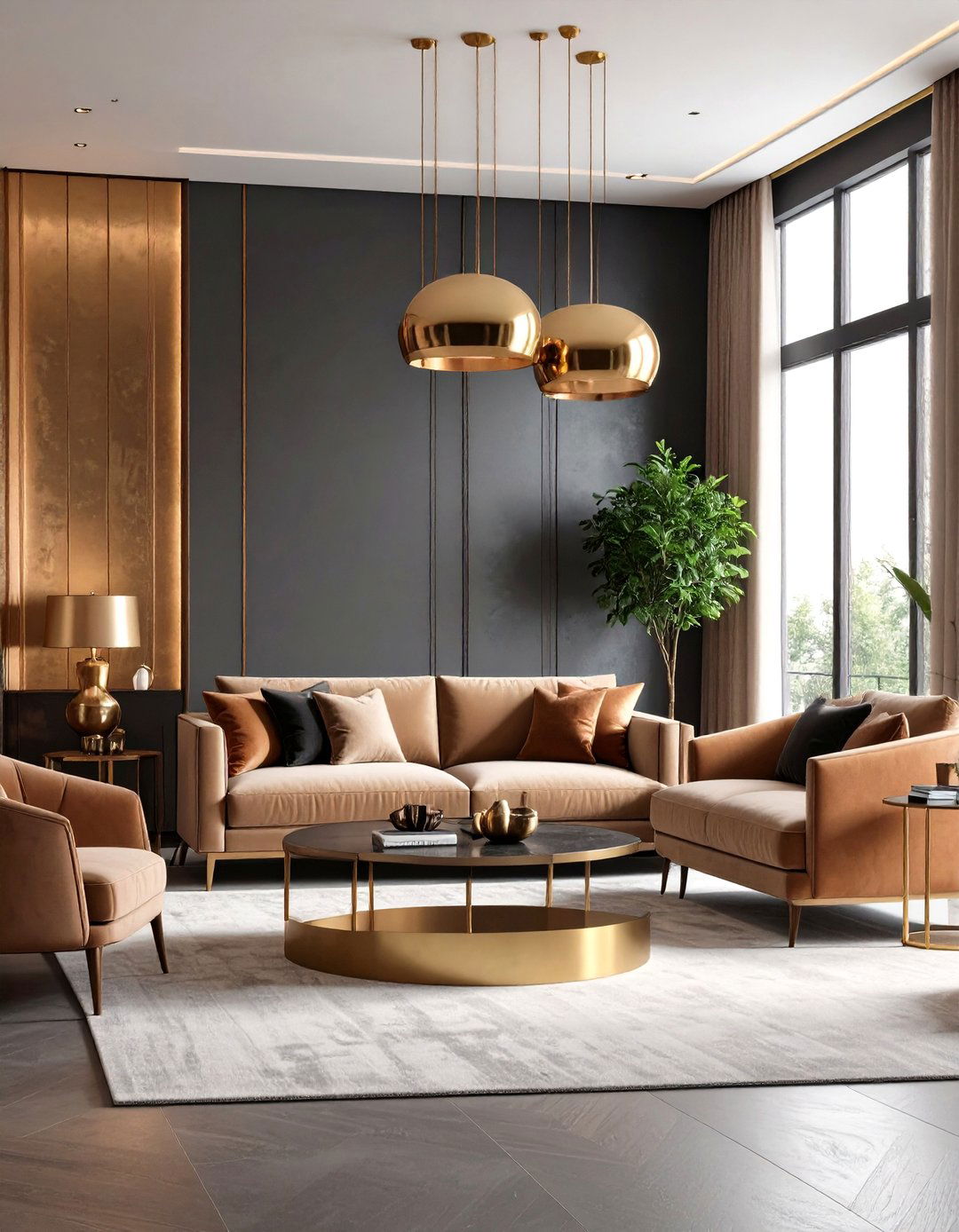
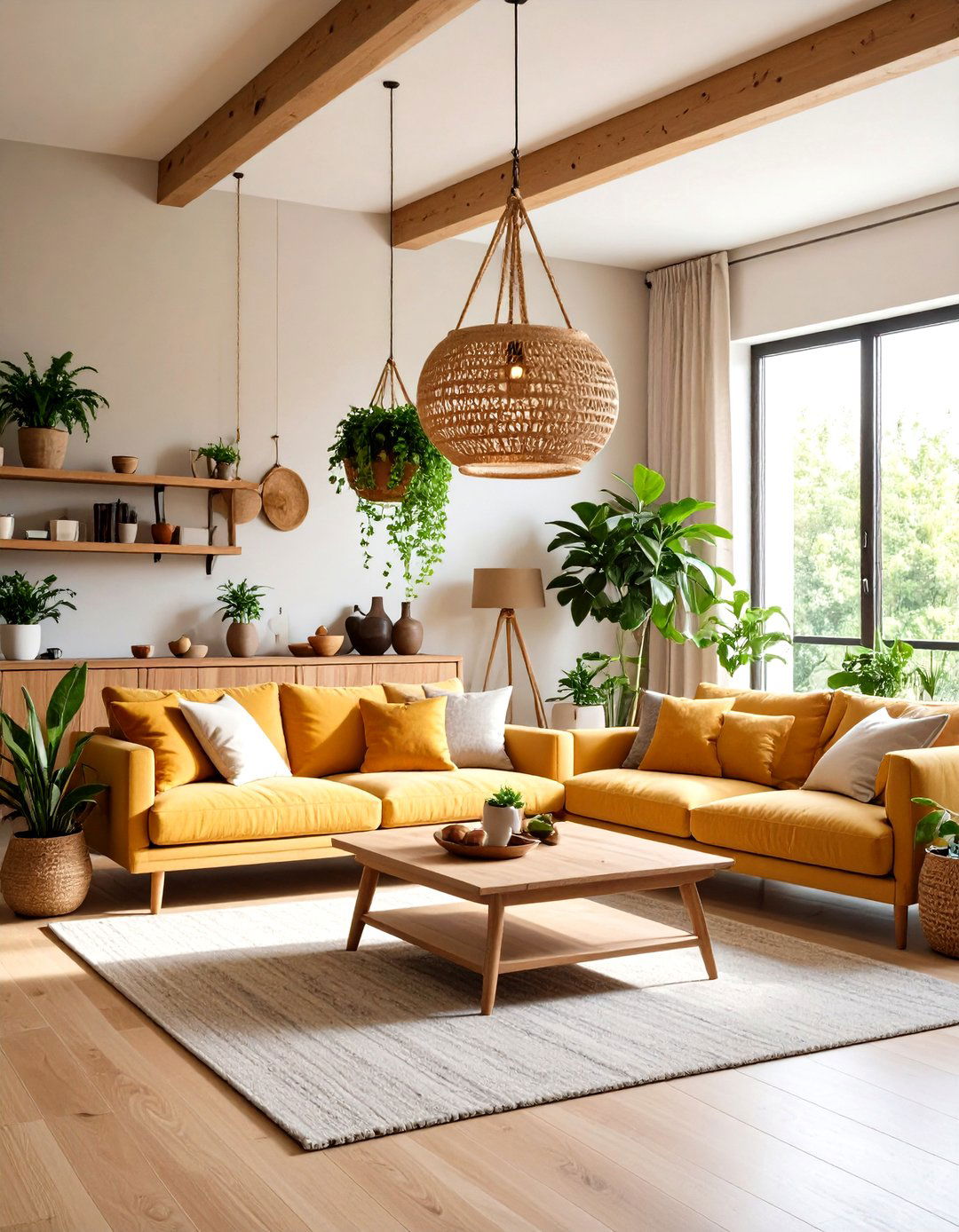
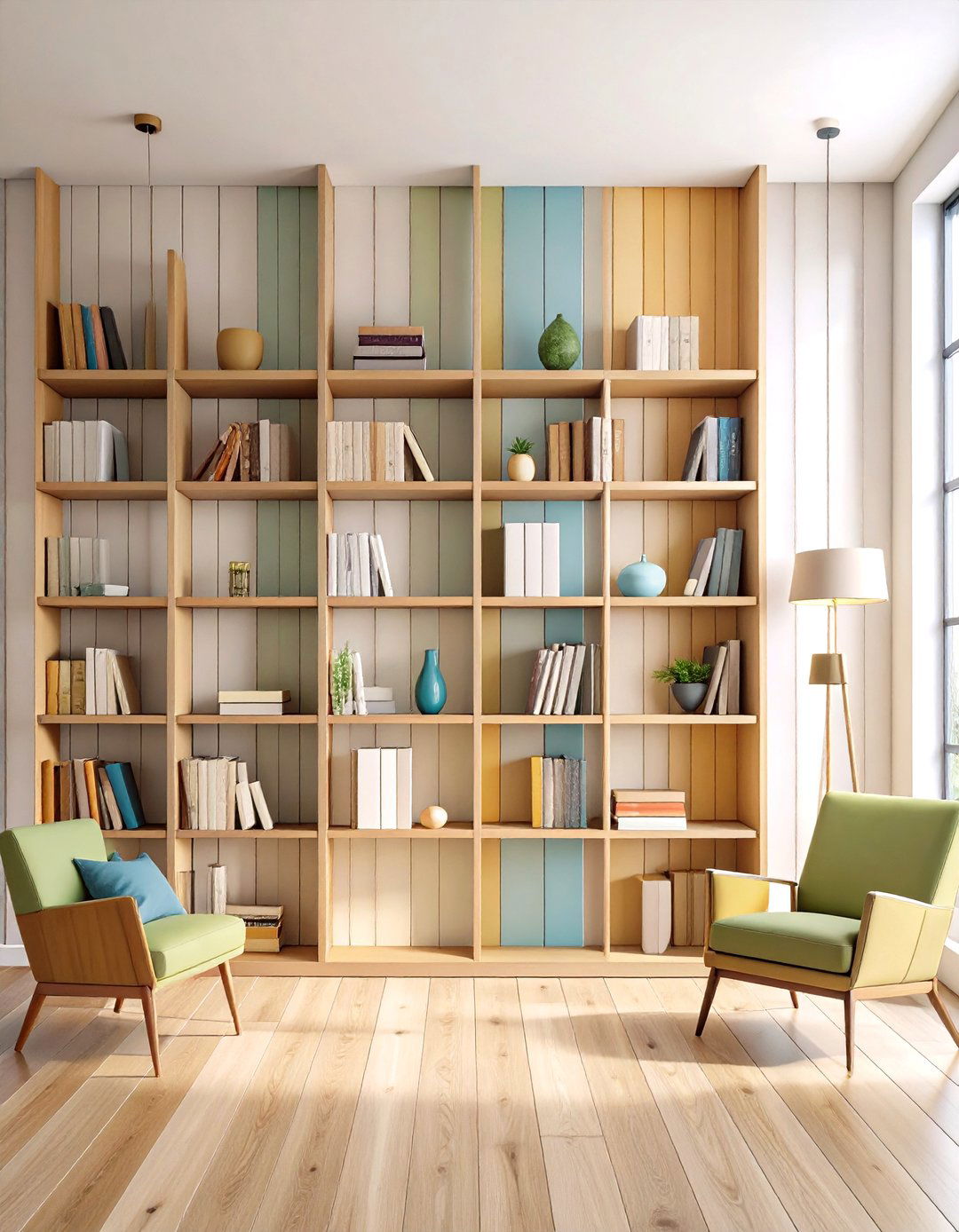
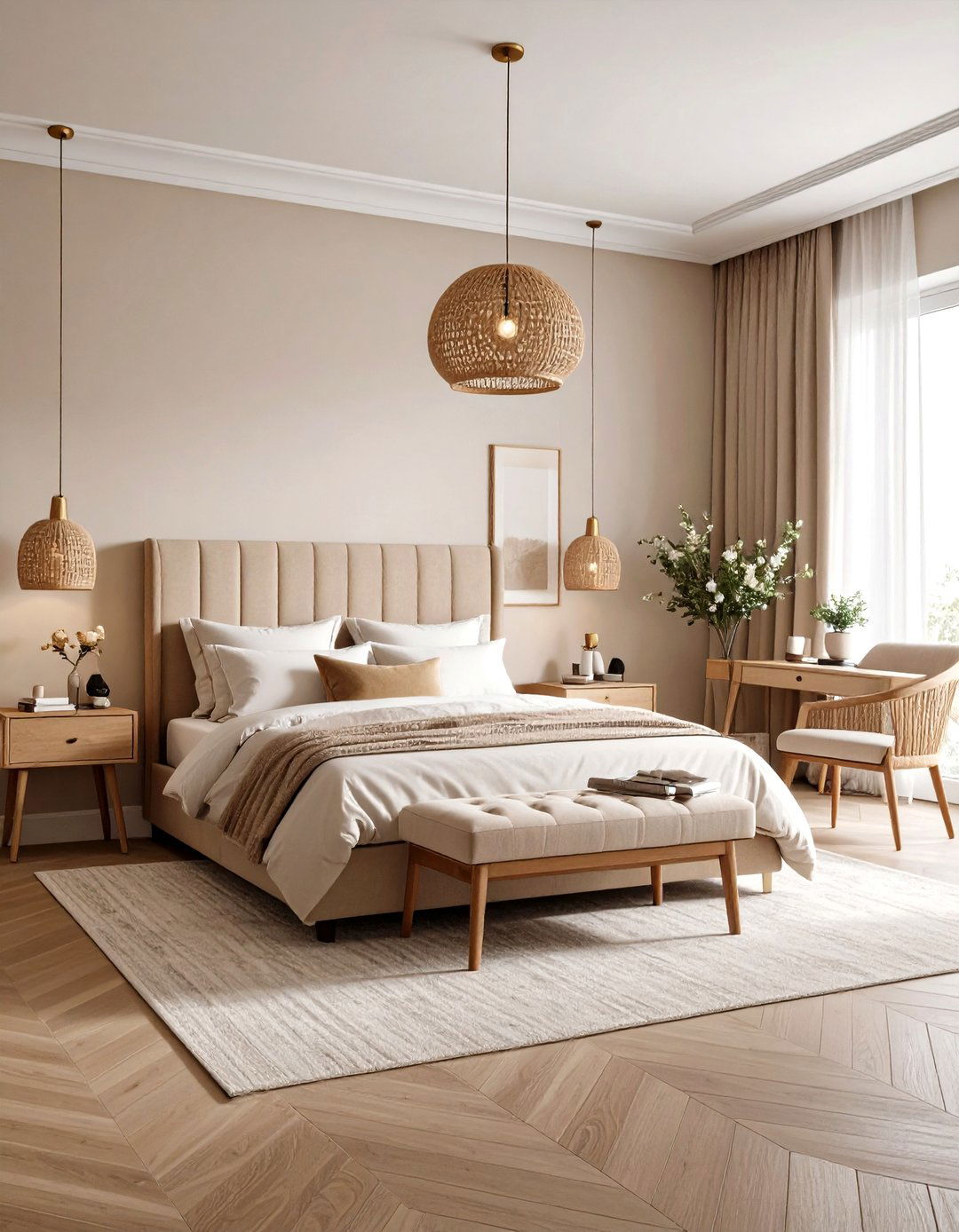
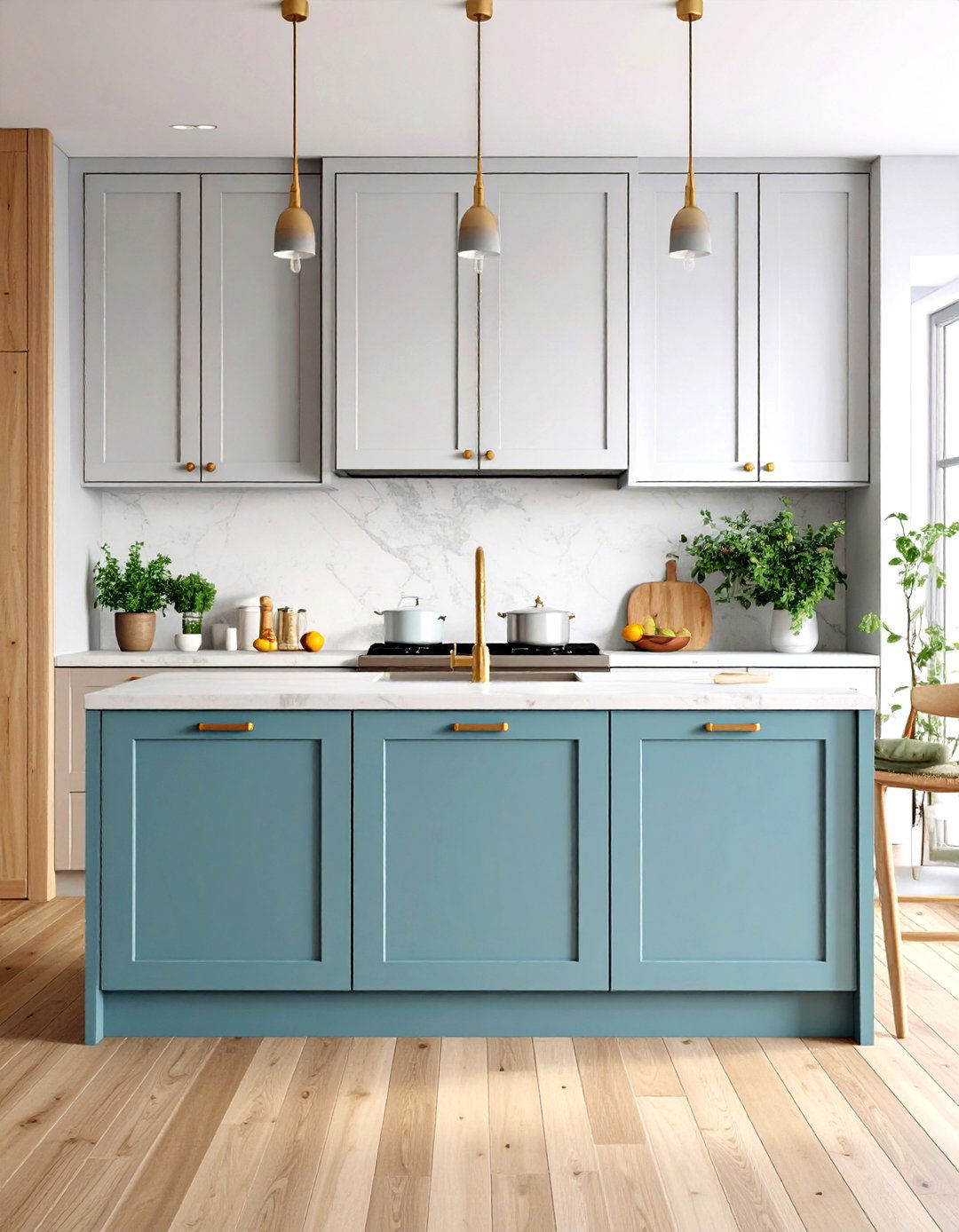

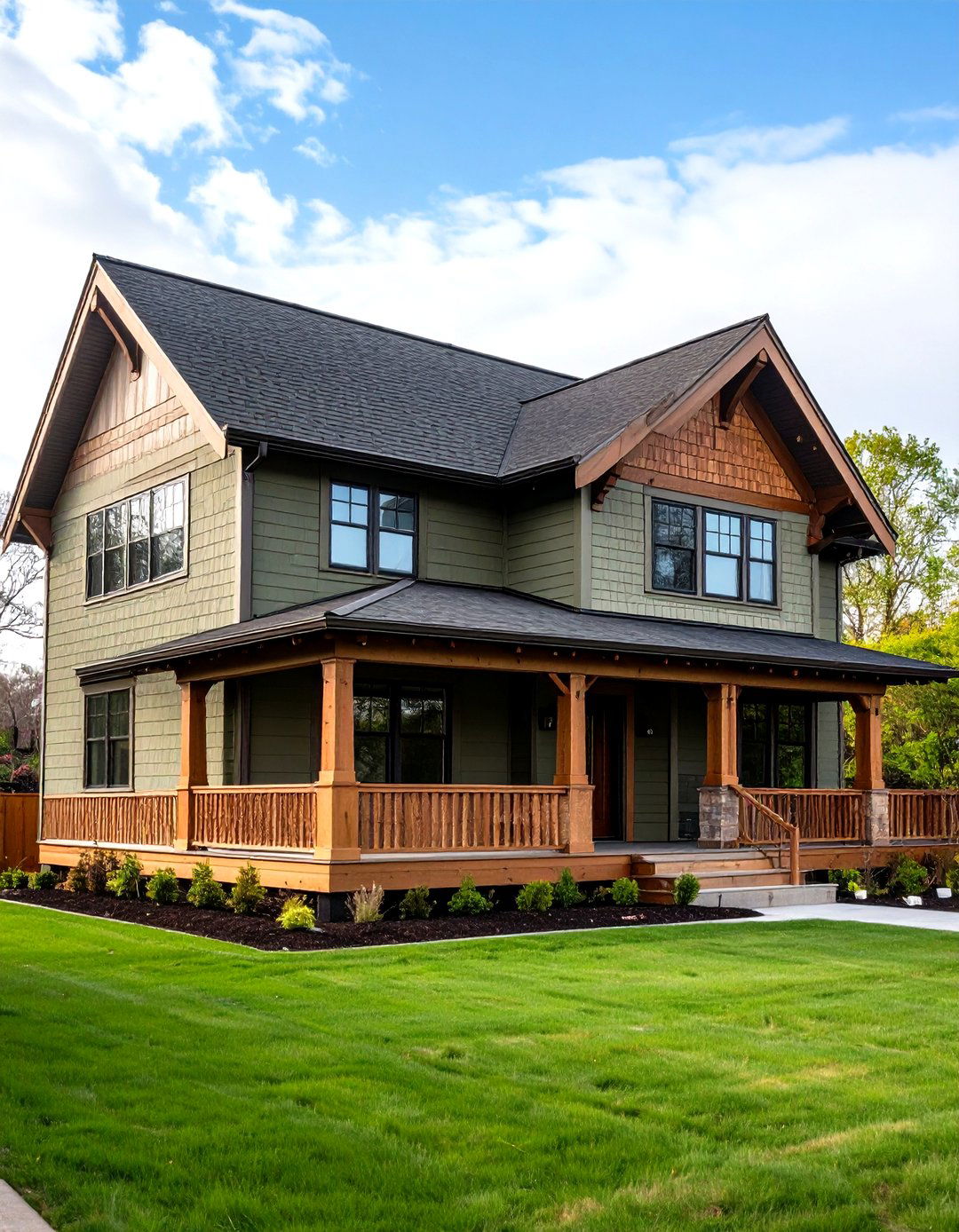
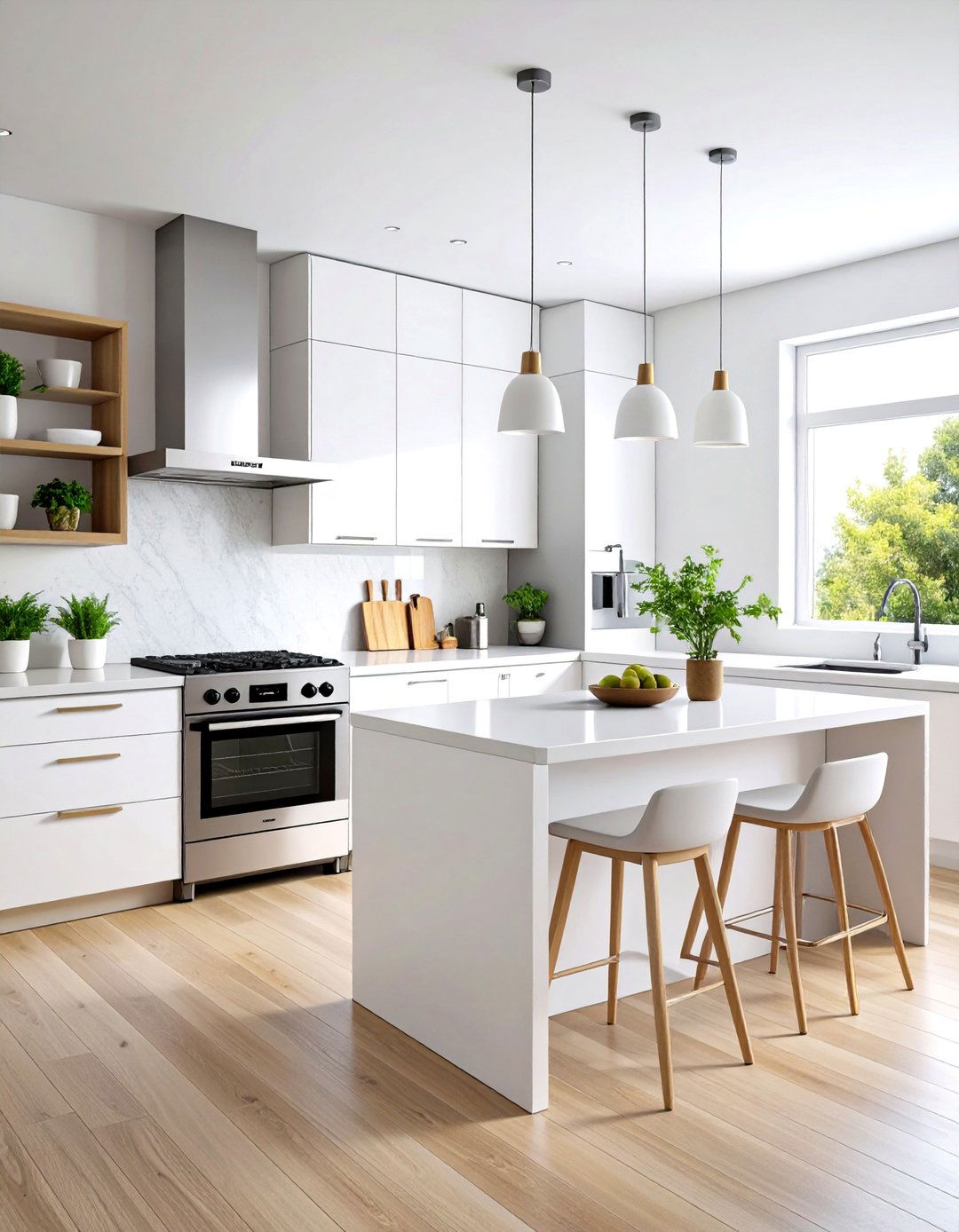
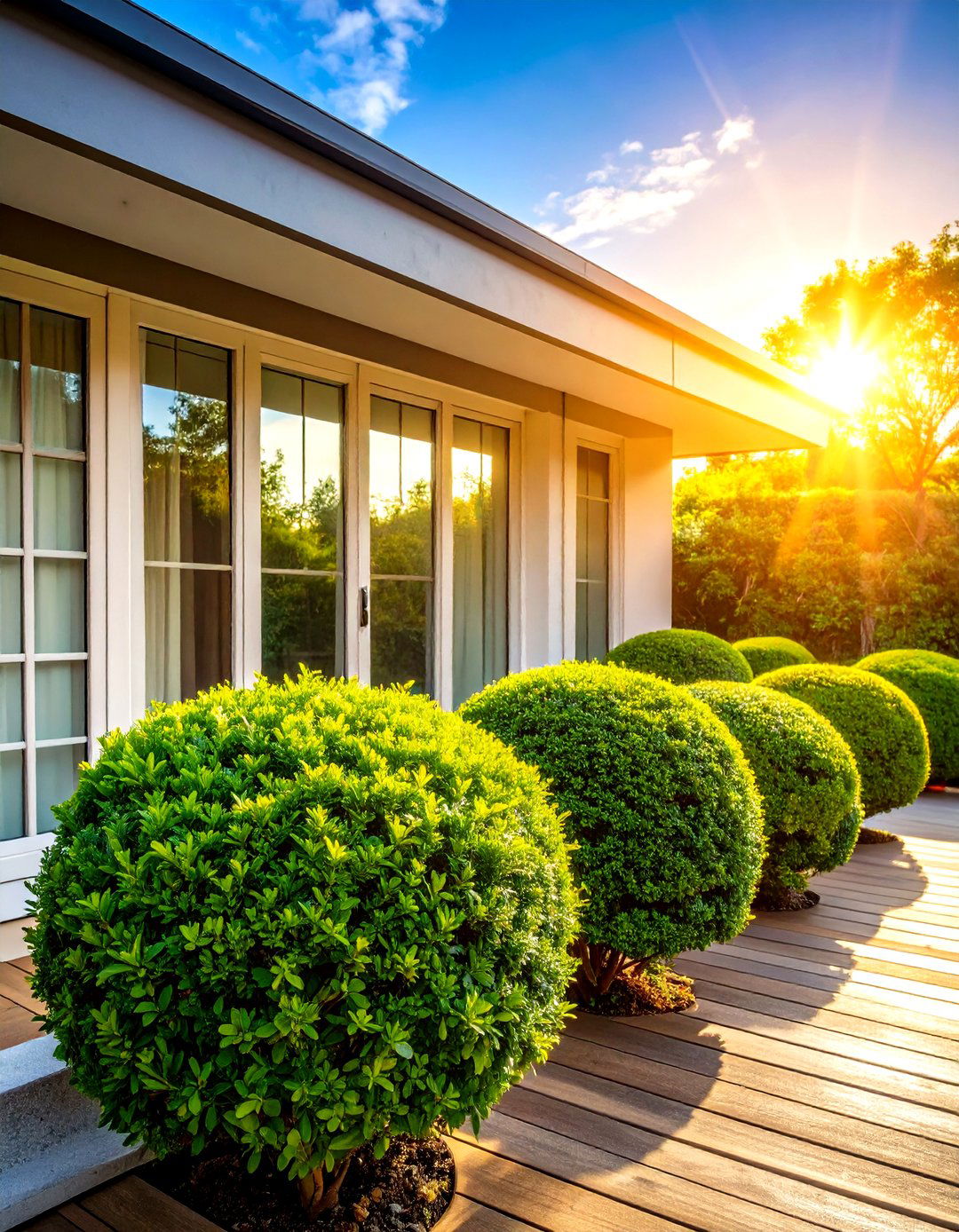
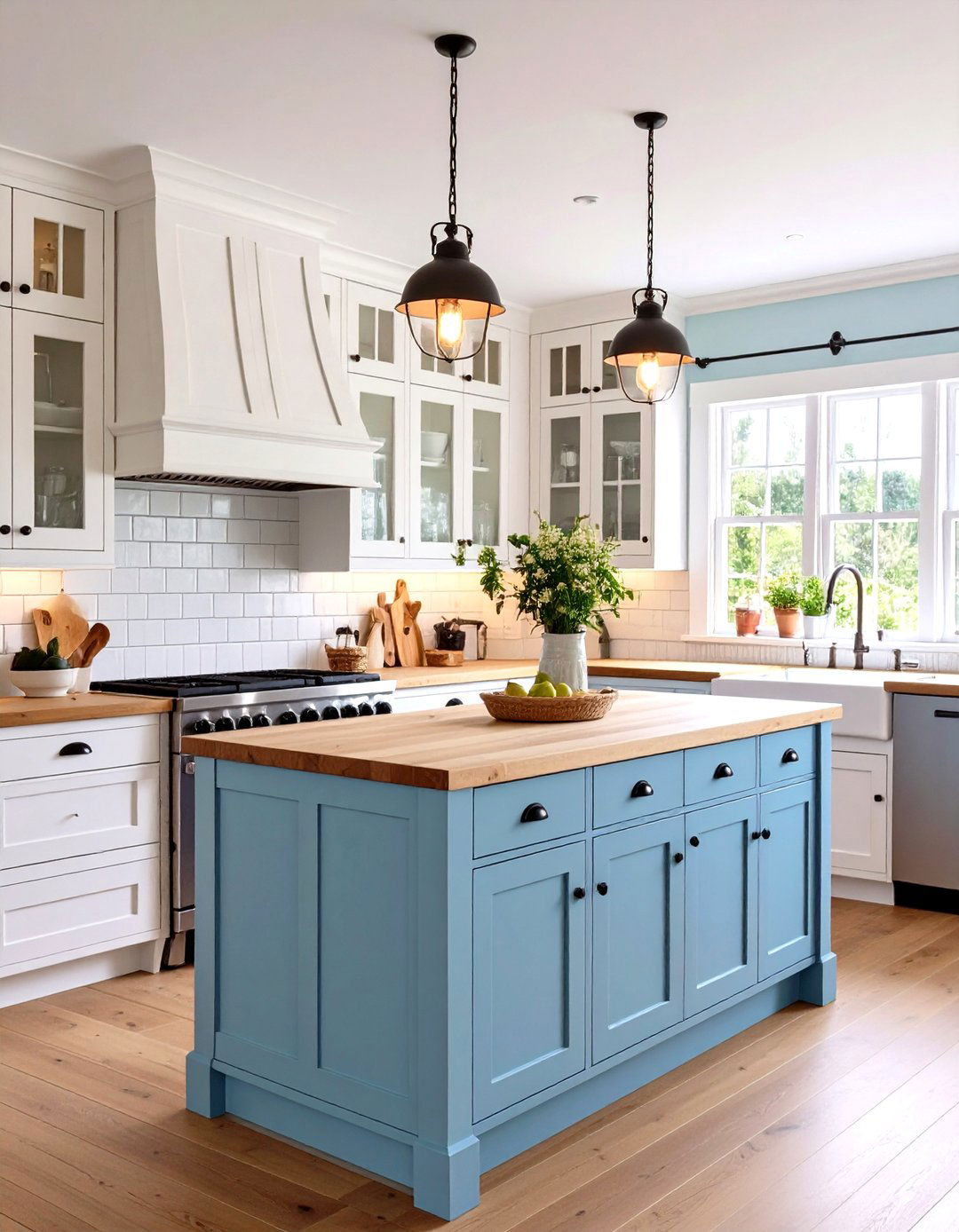
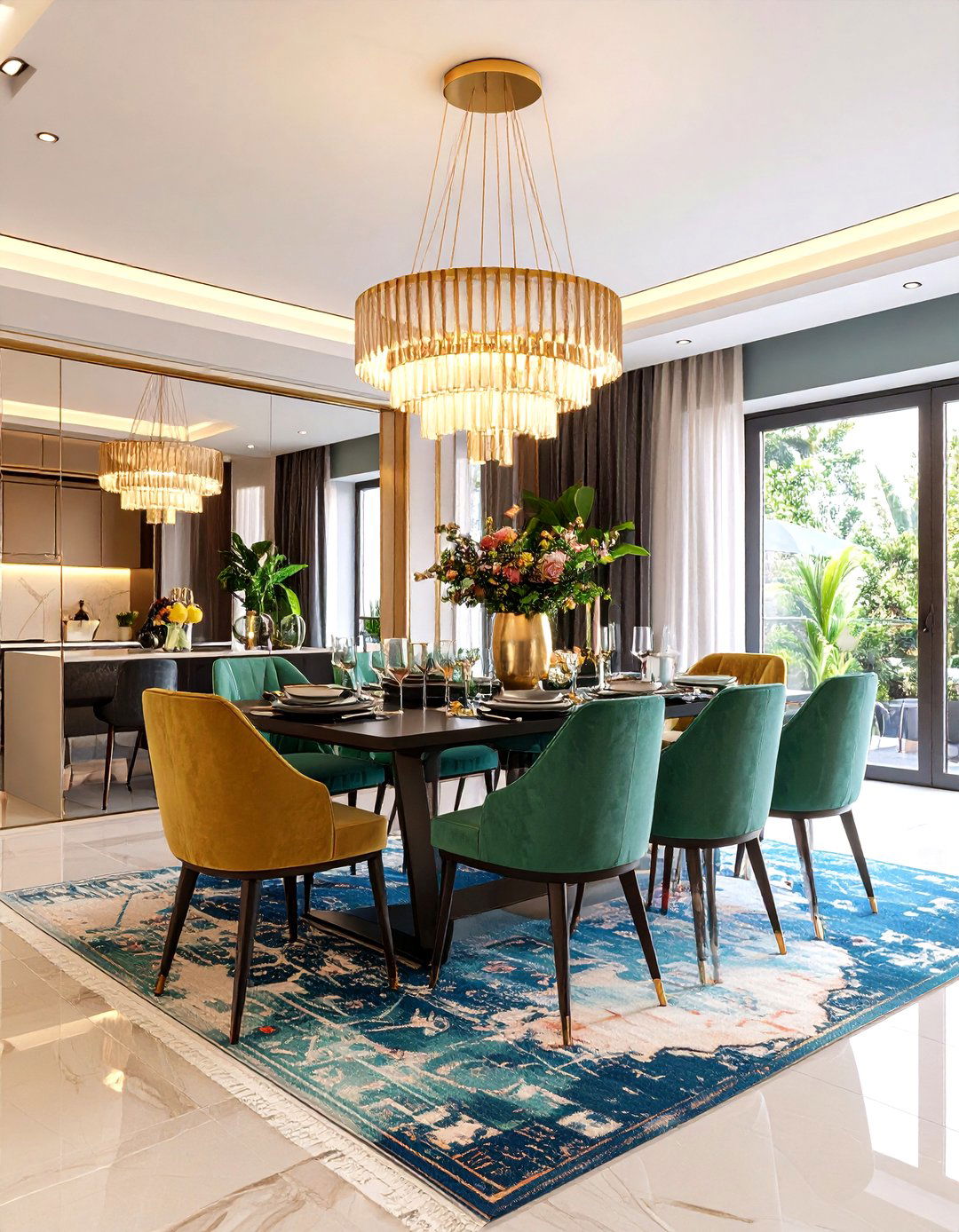
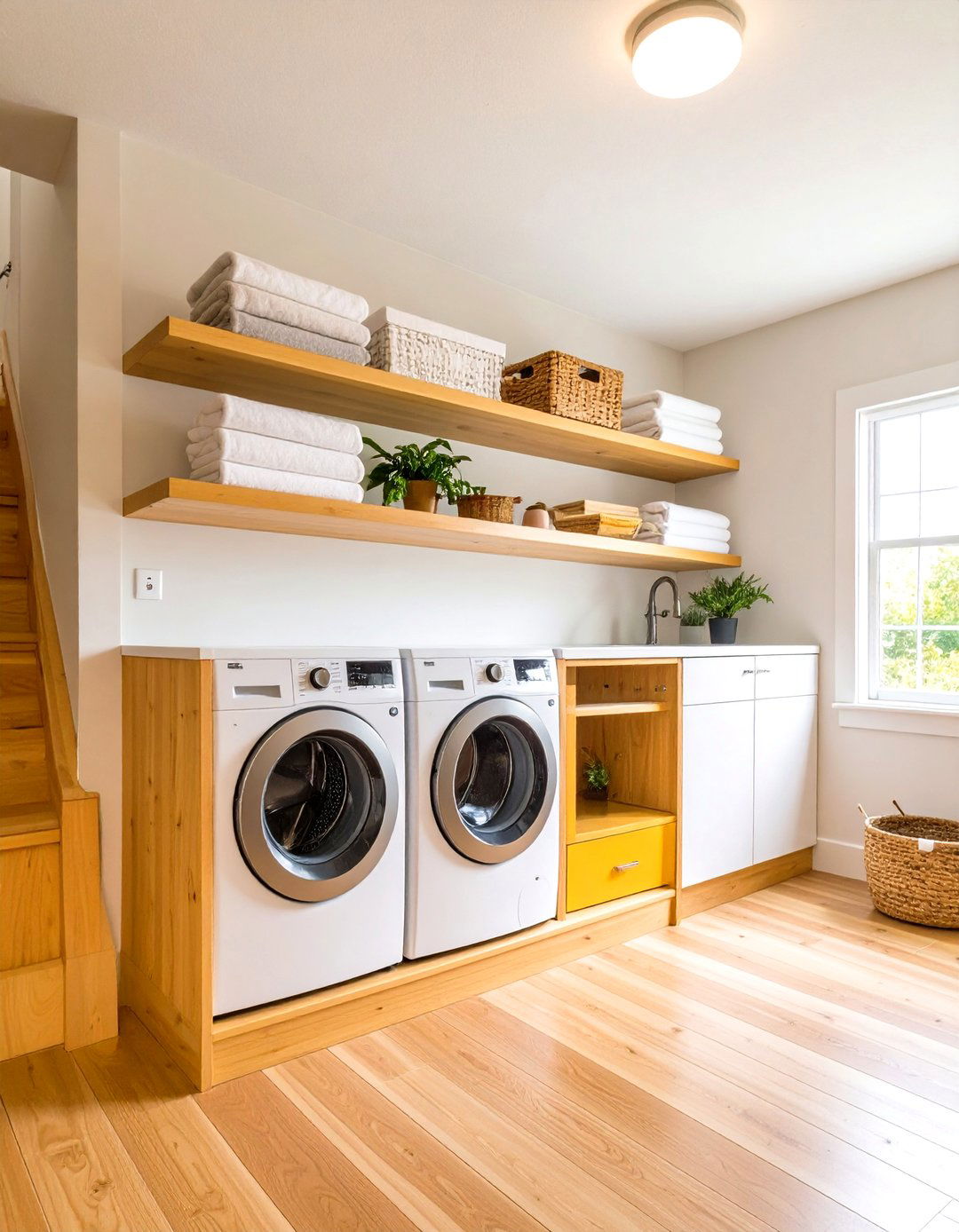
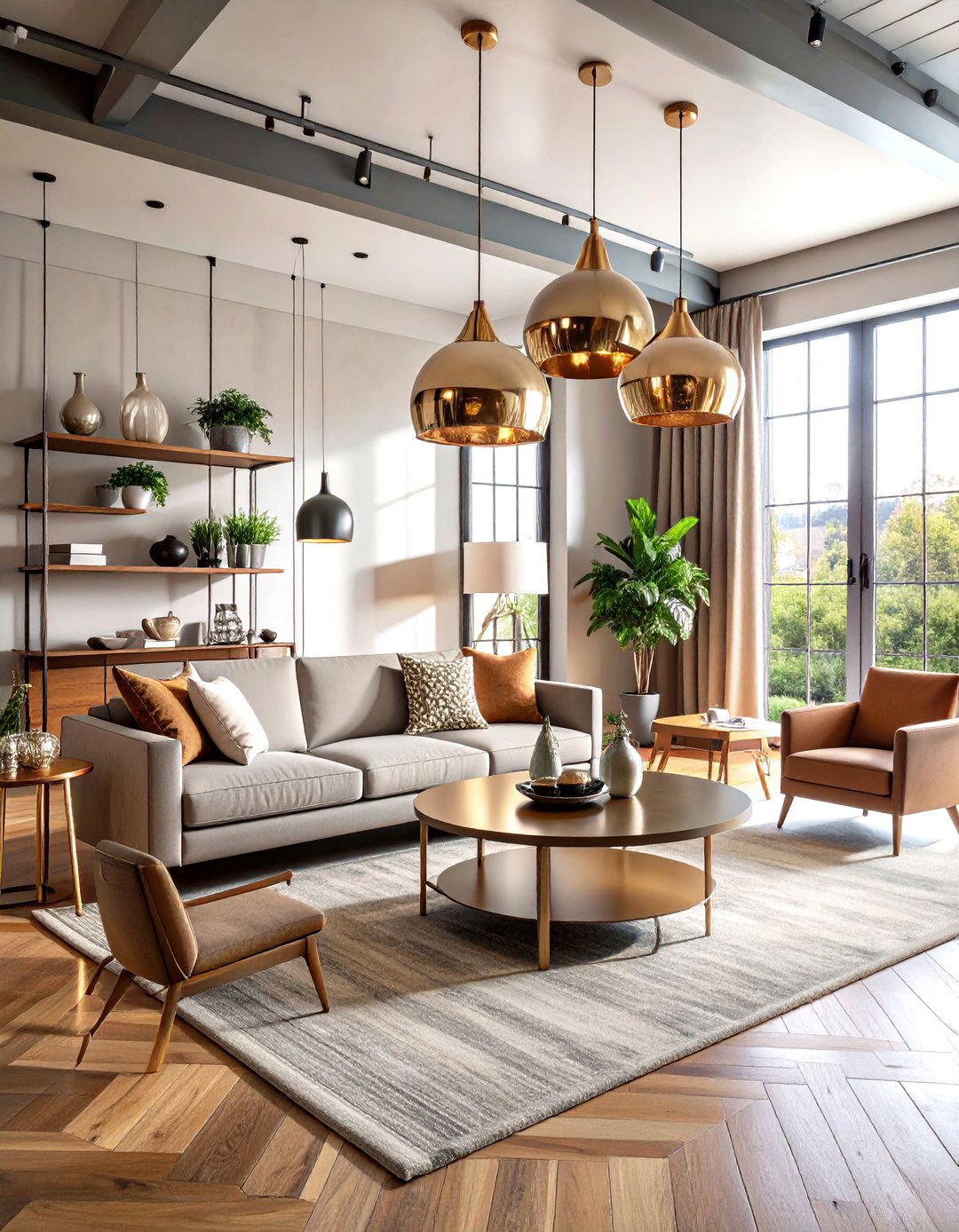
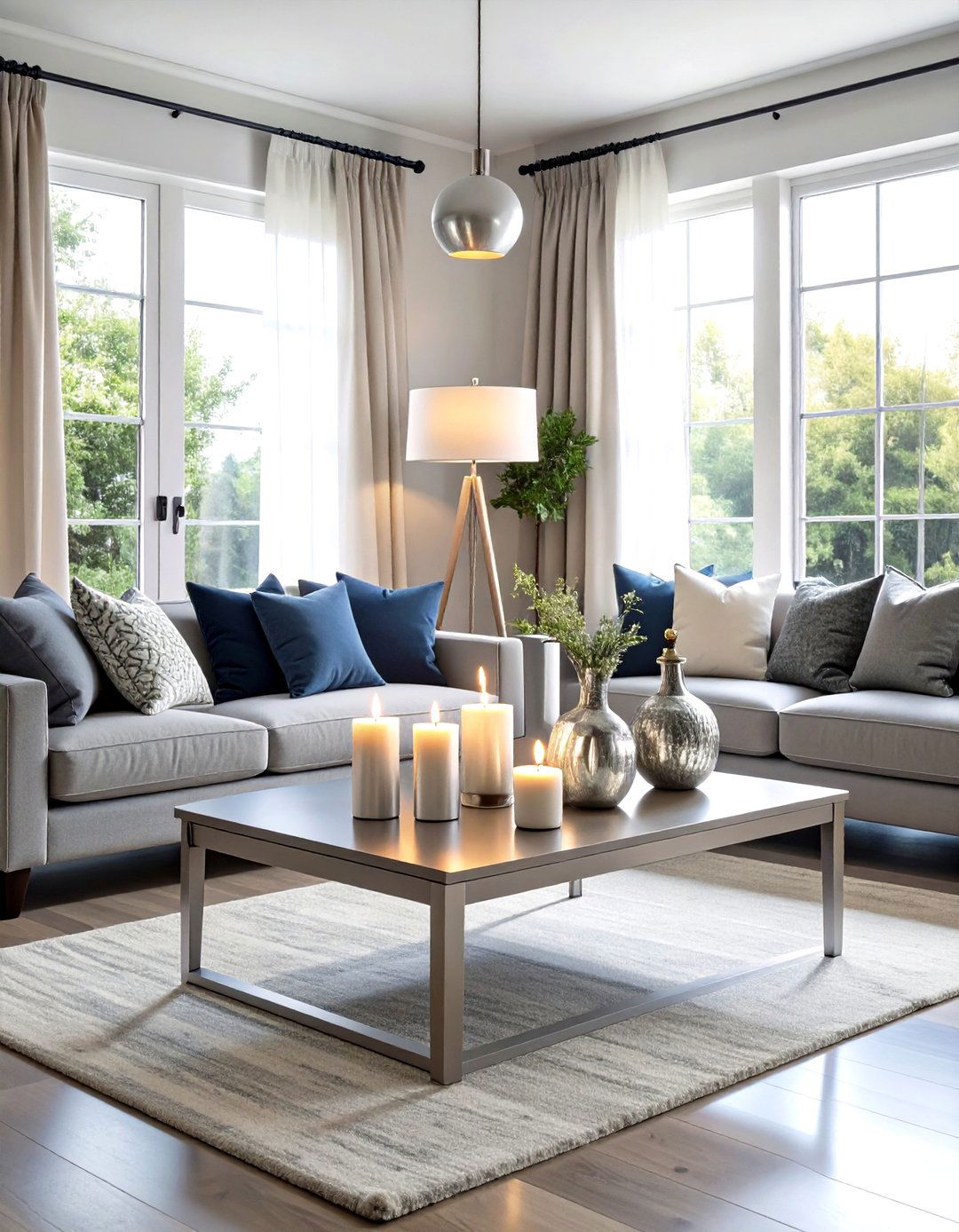
Leave a Reply